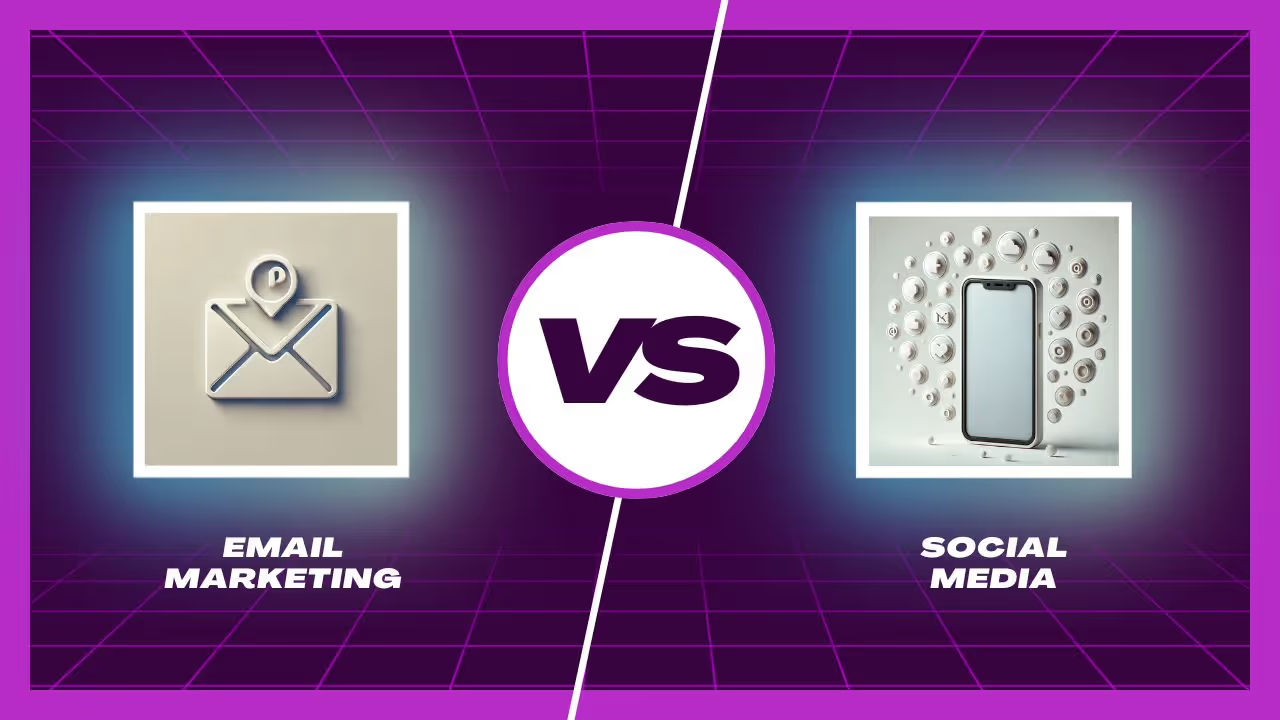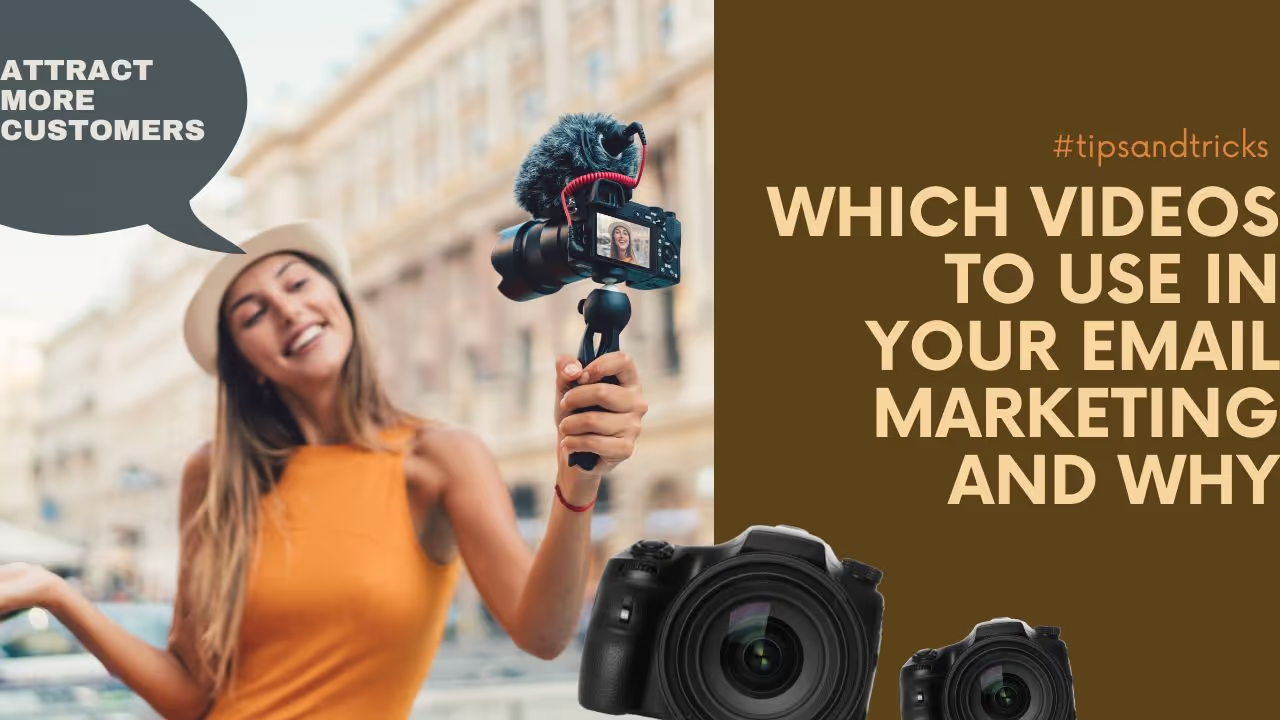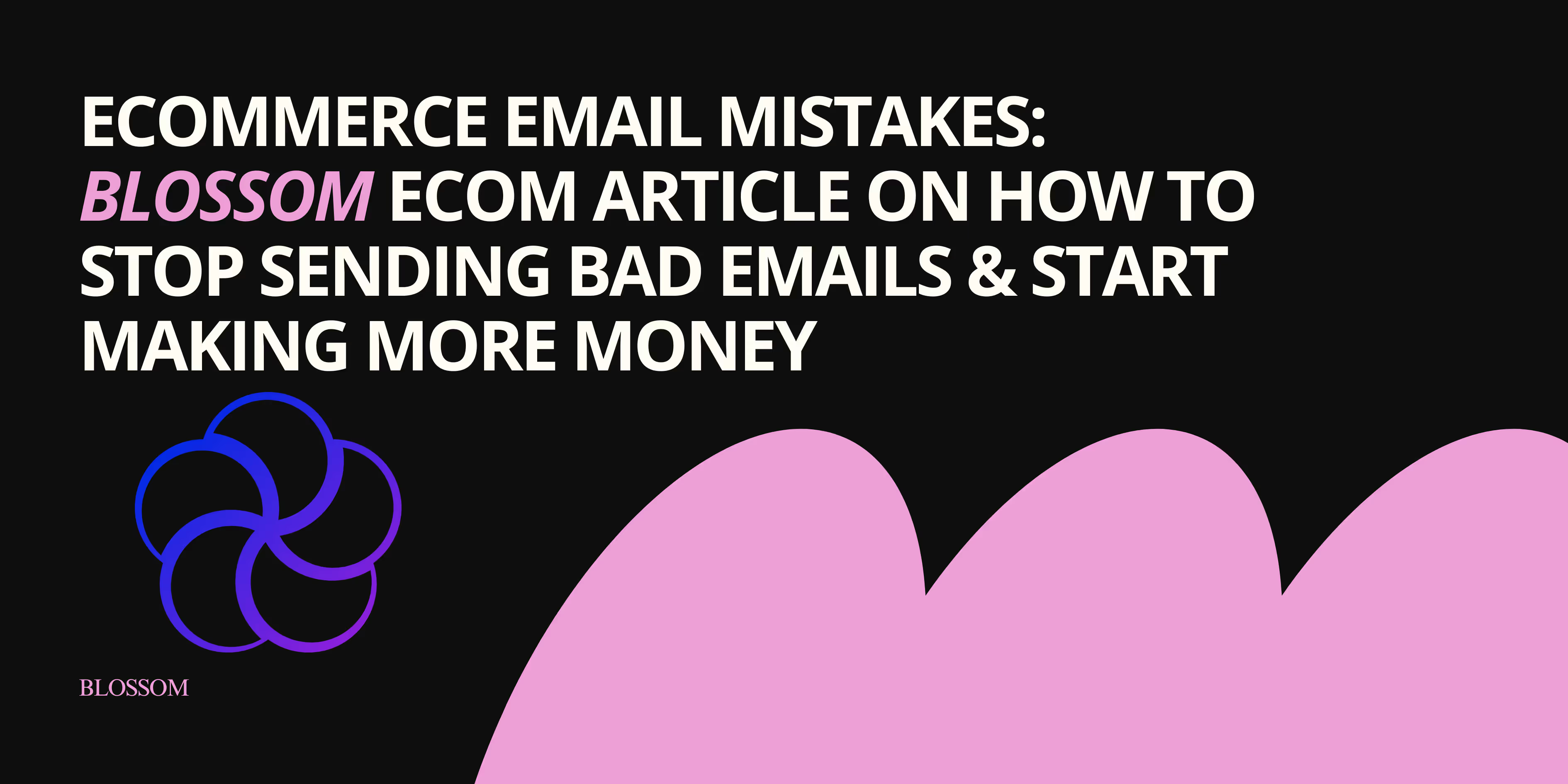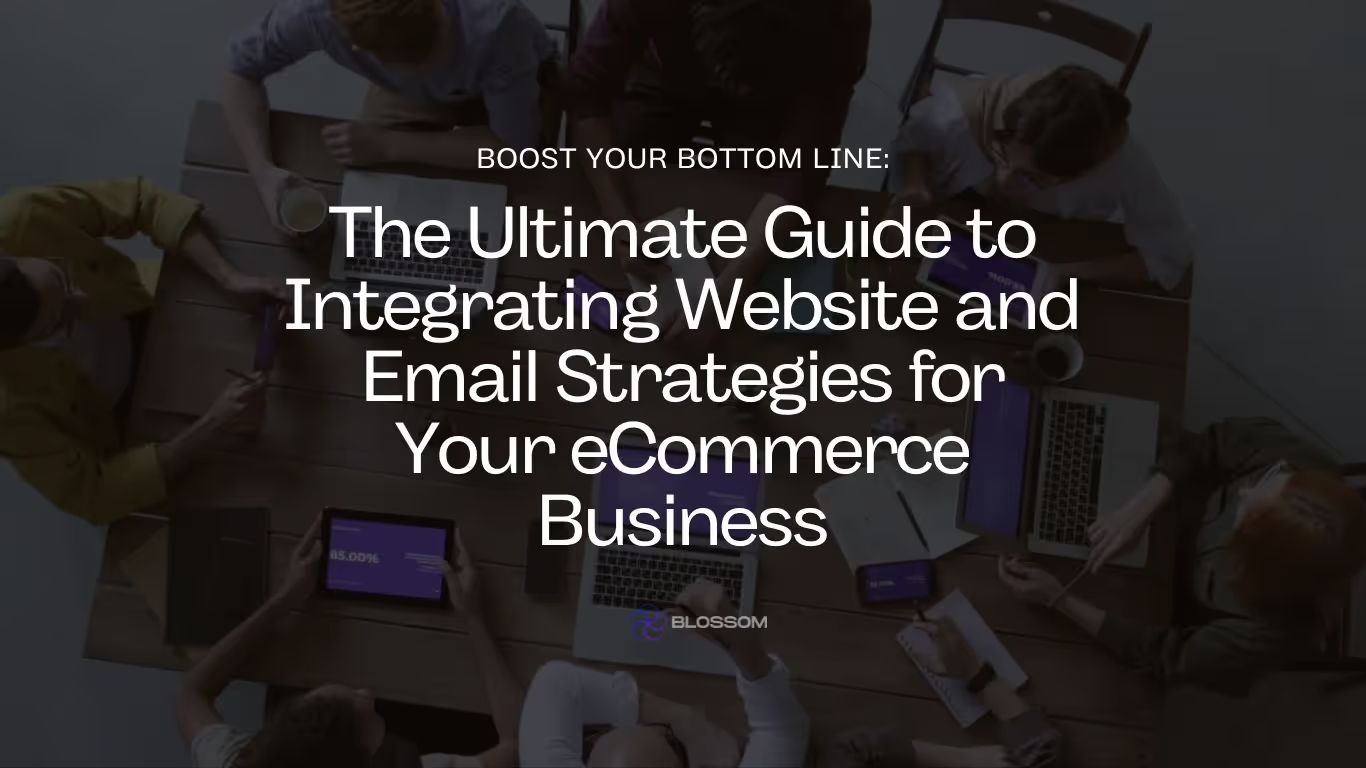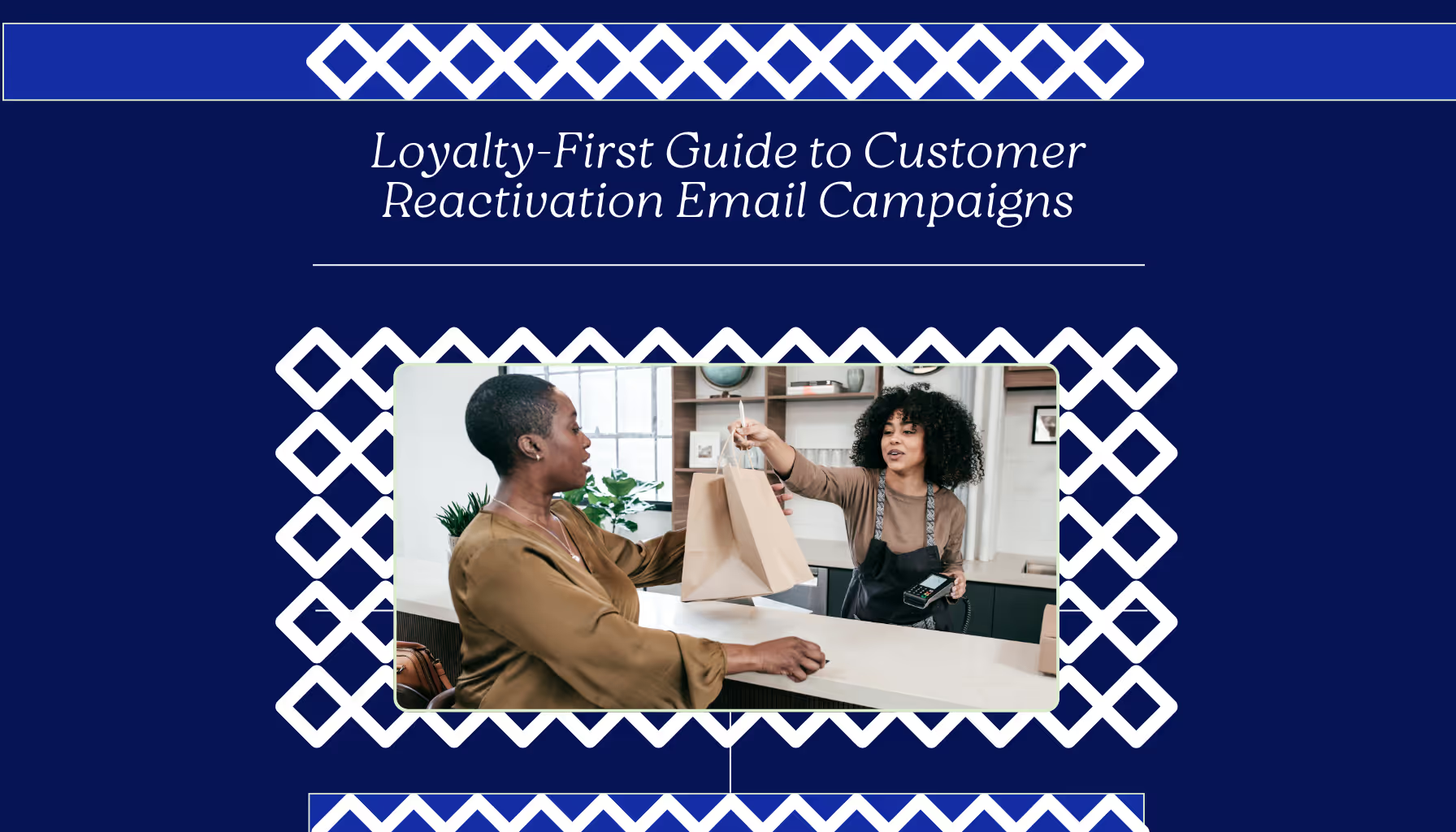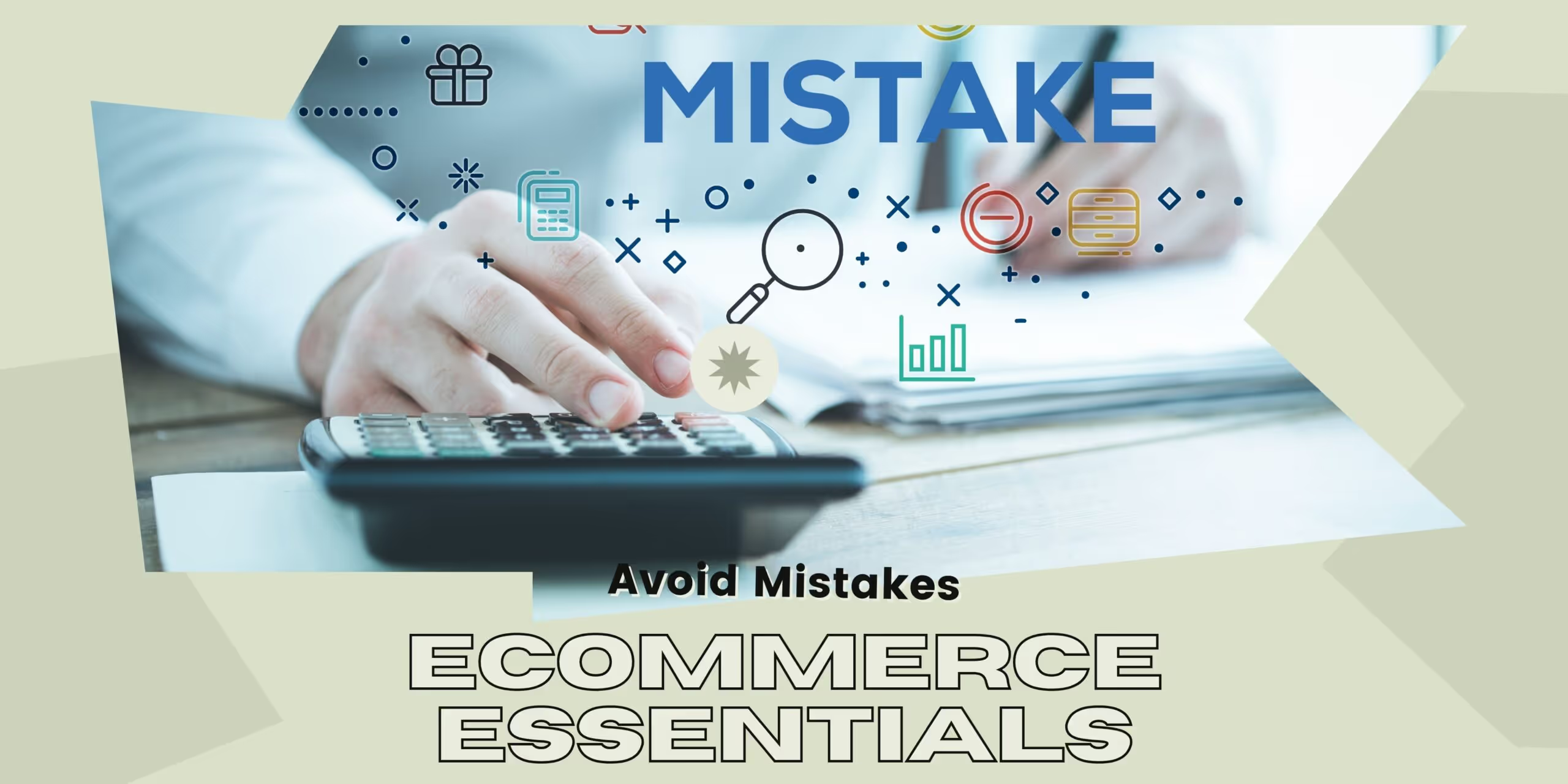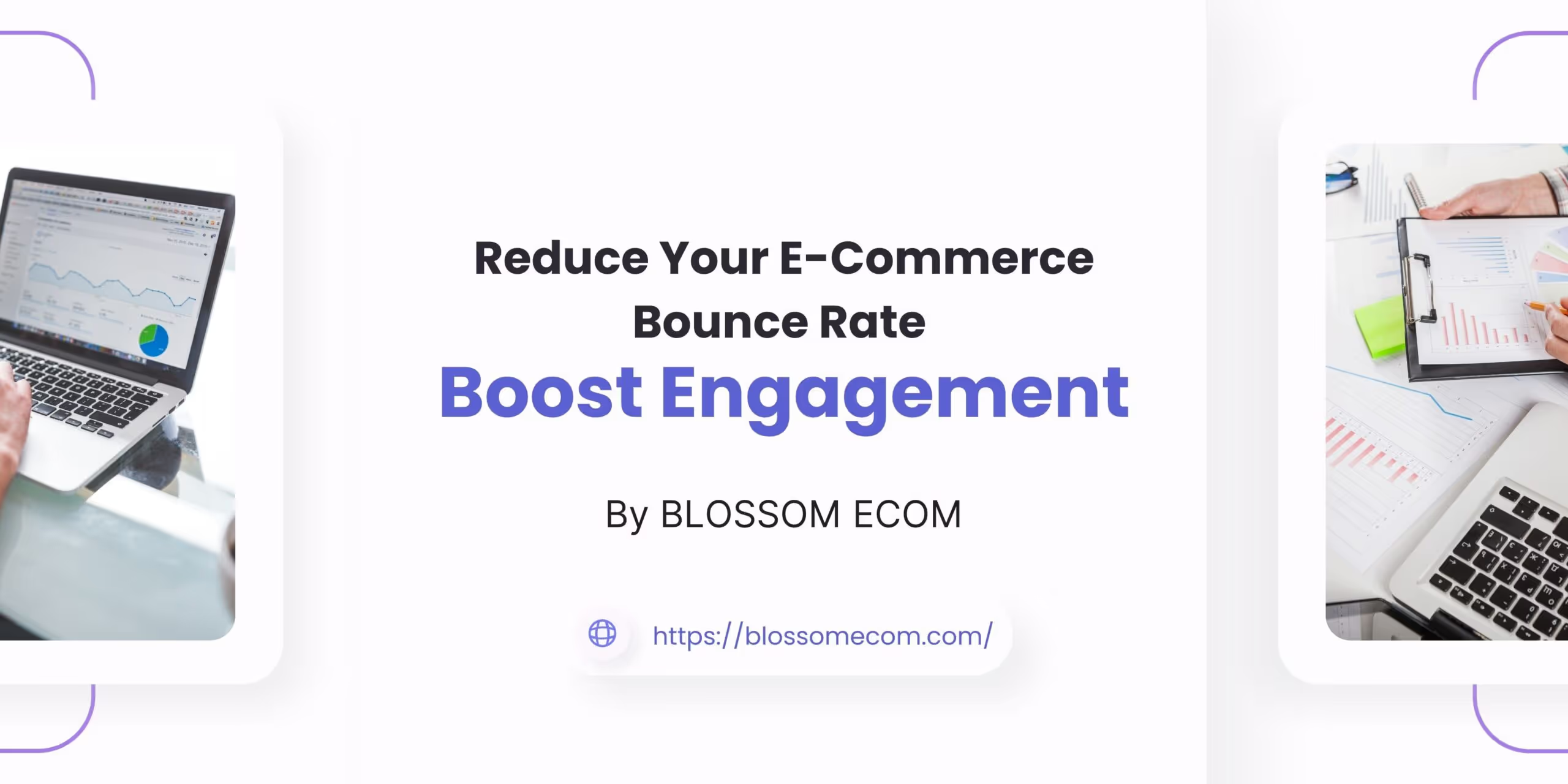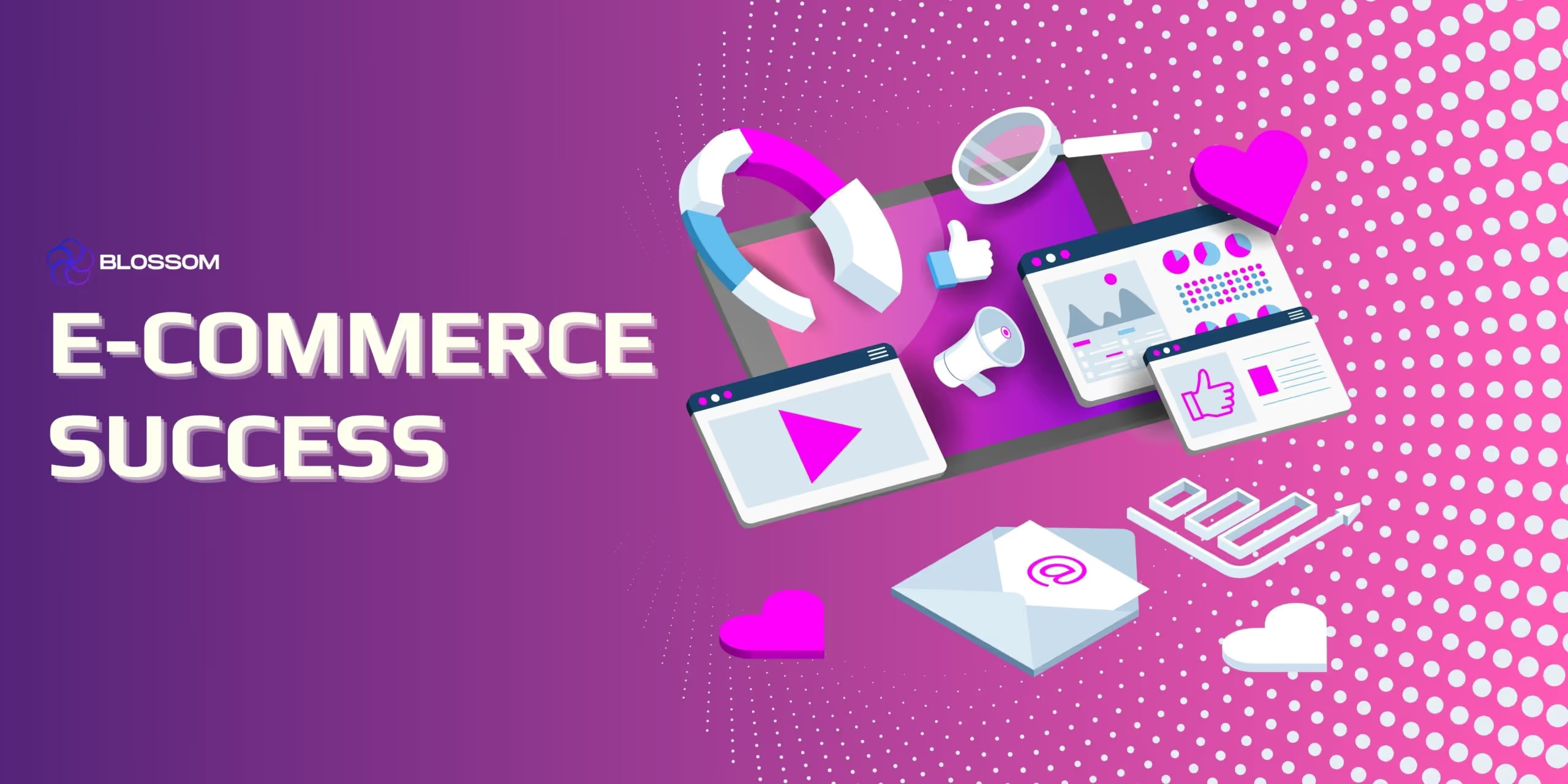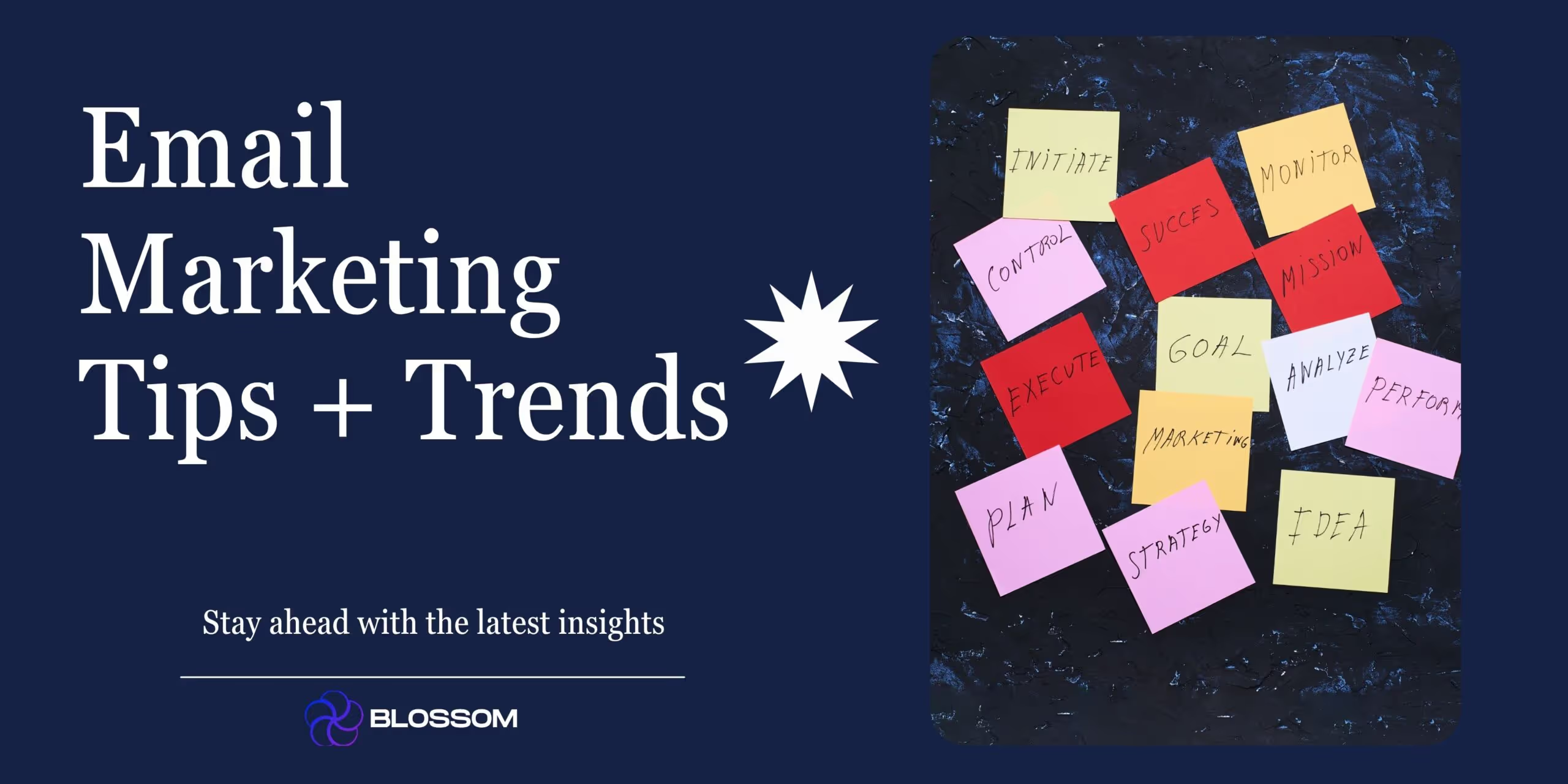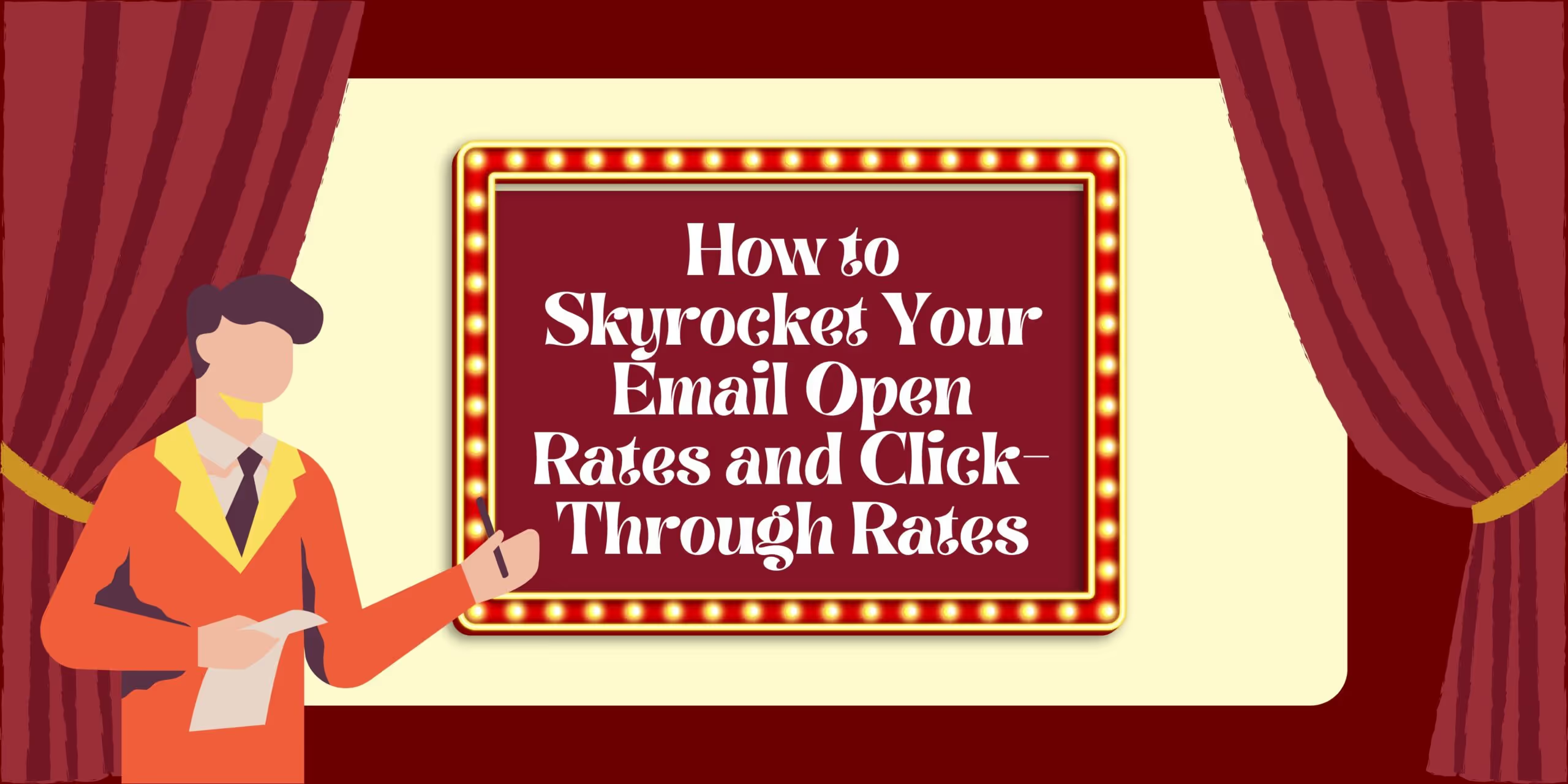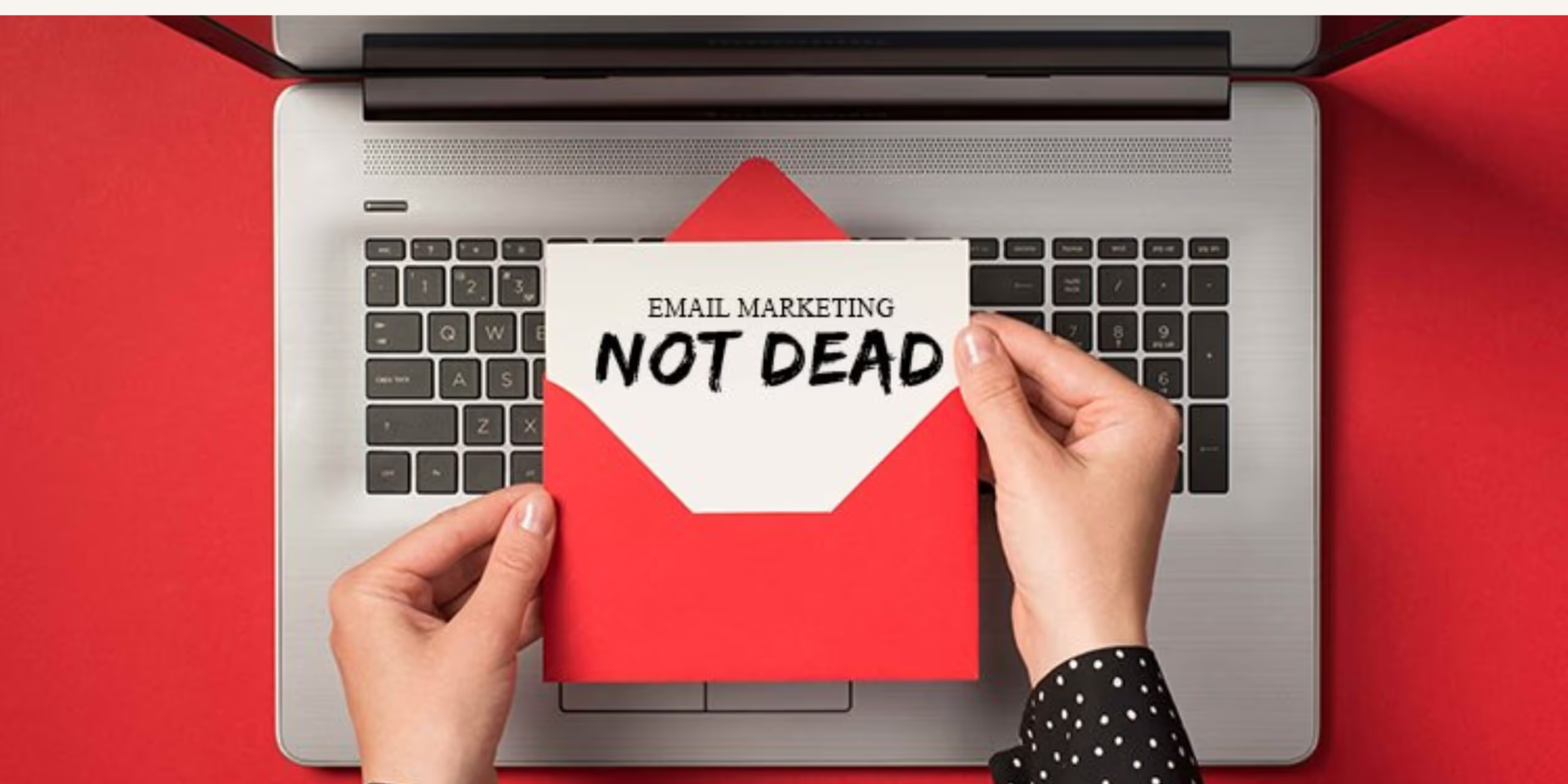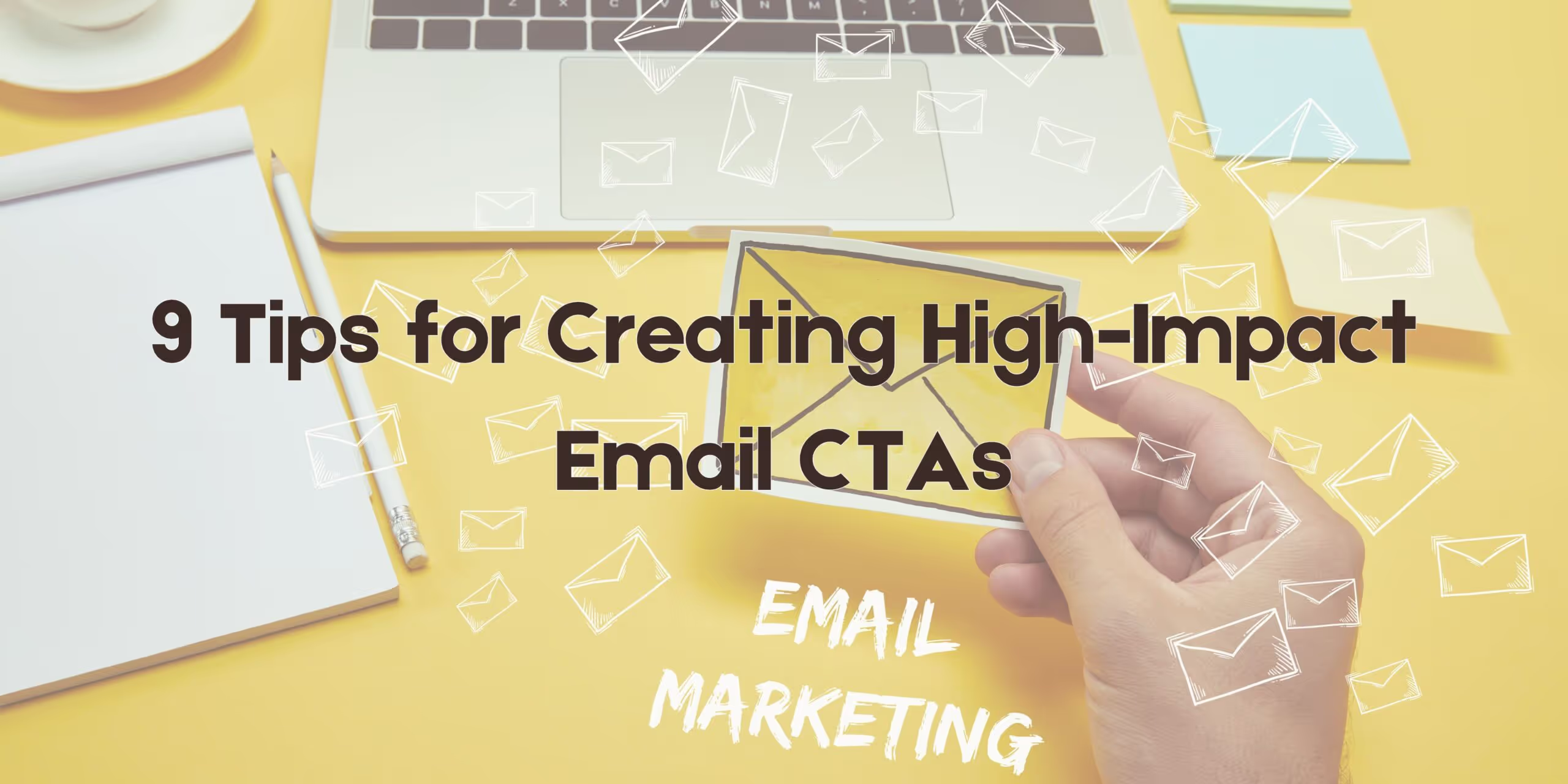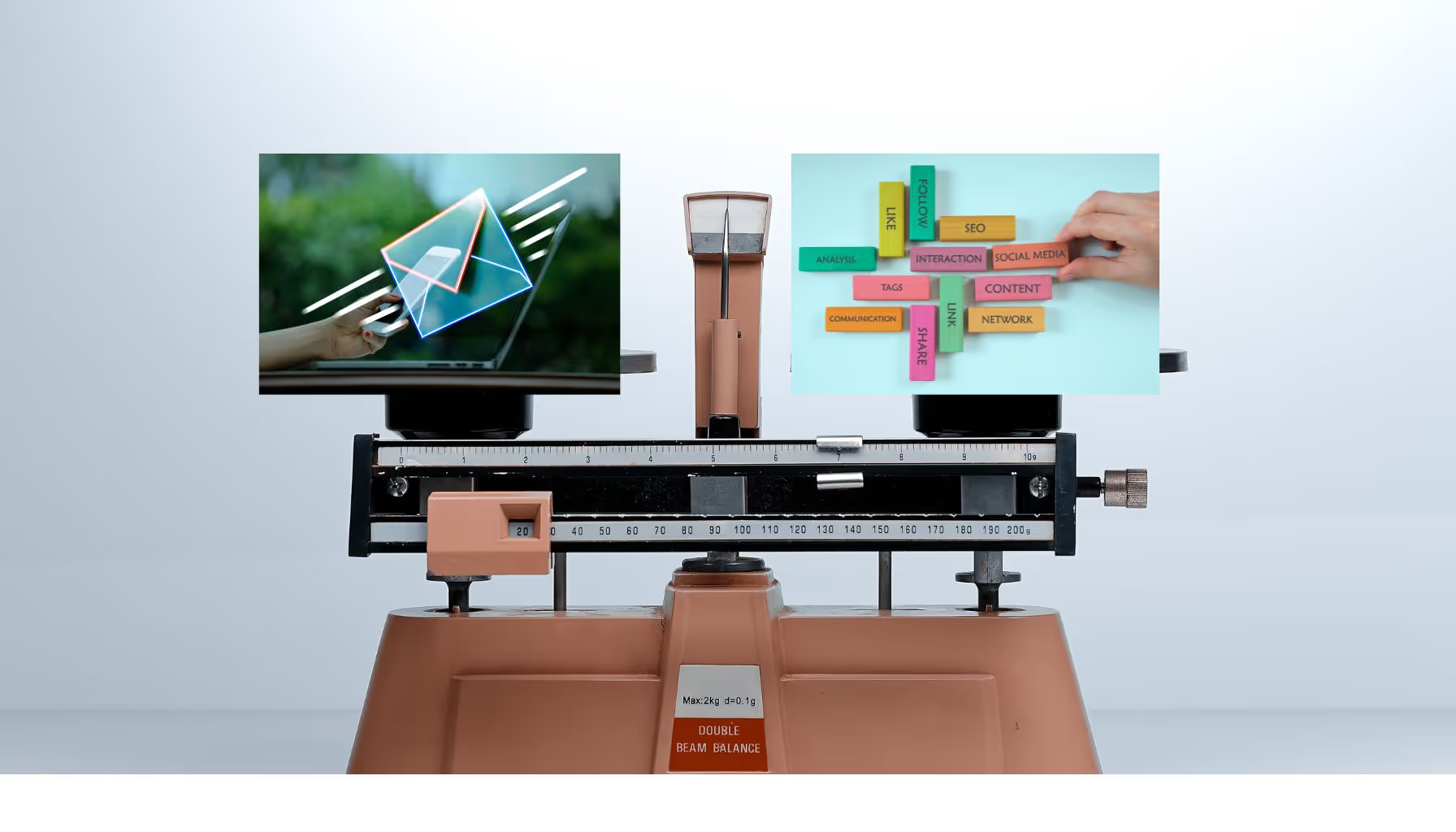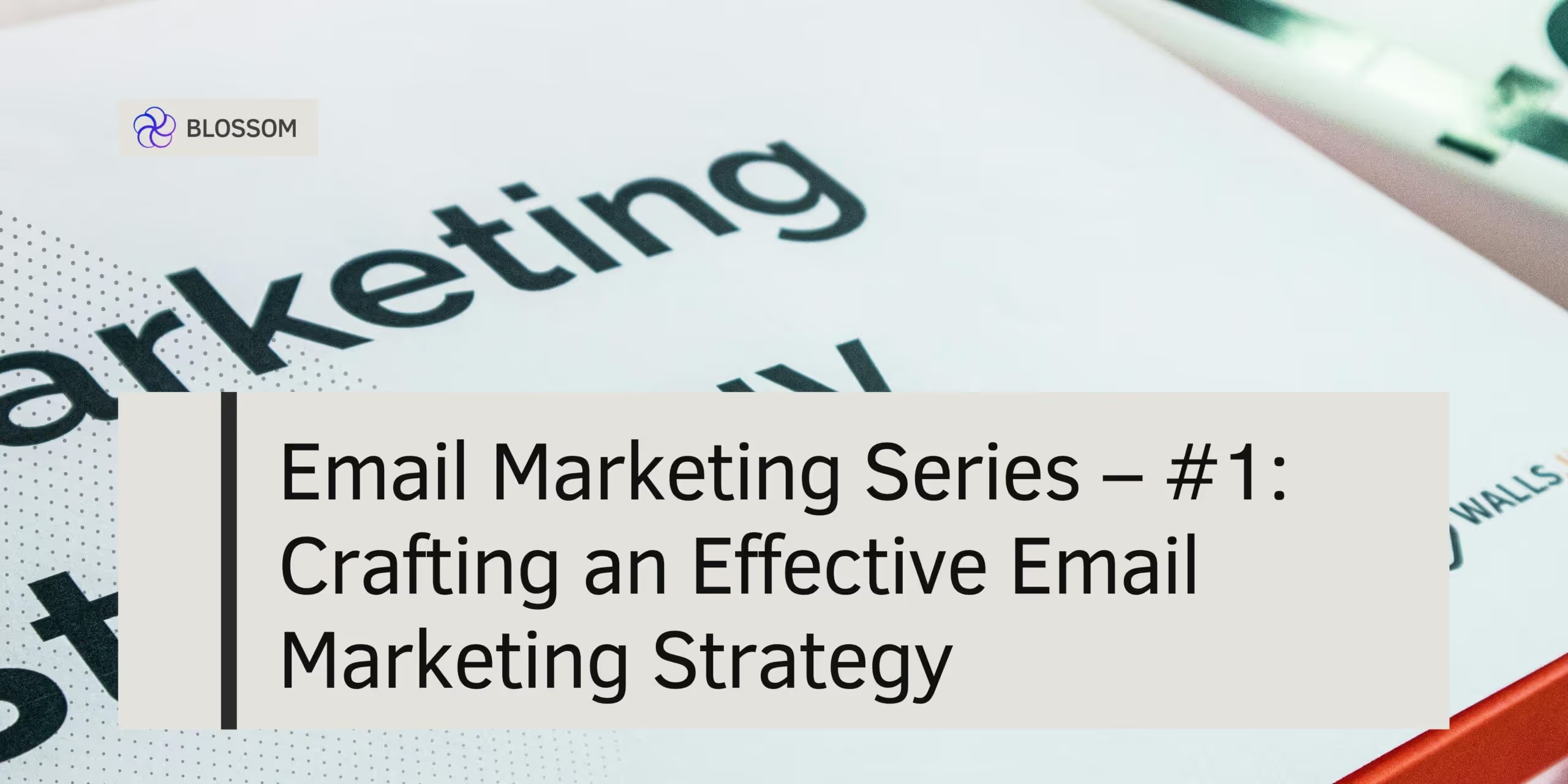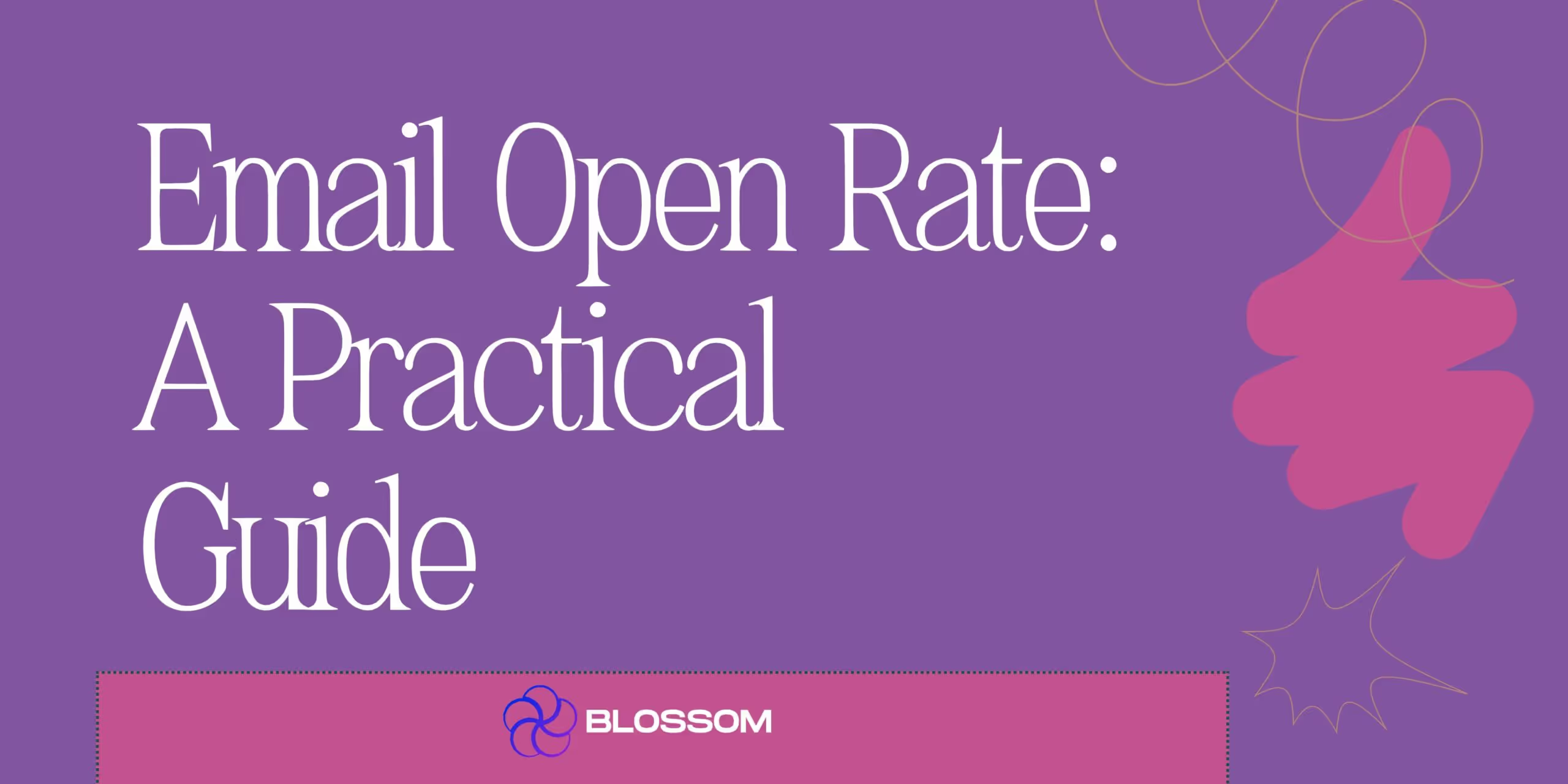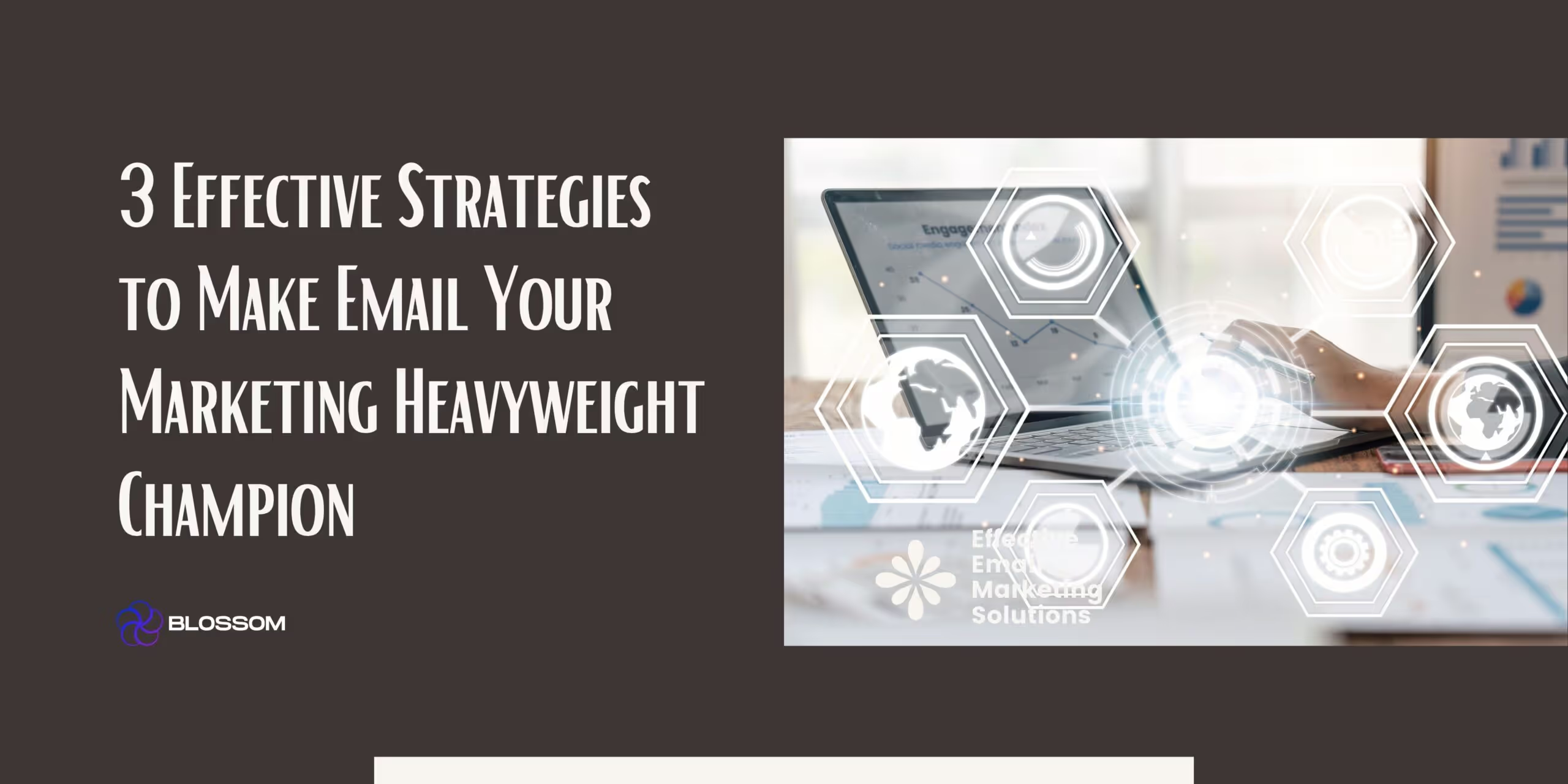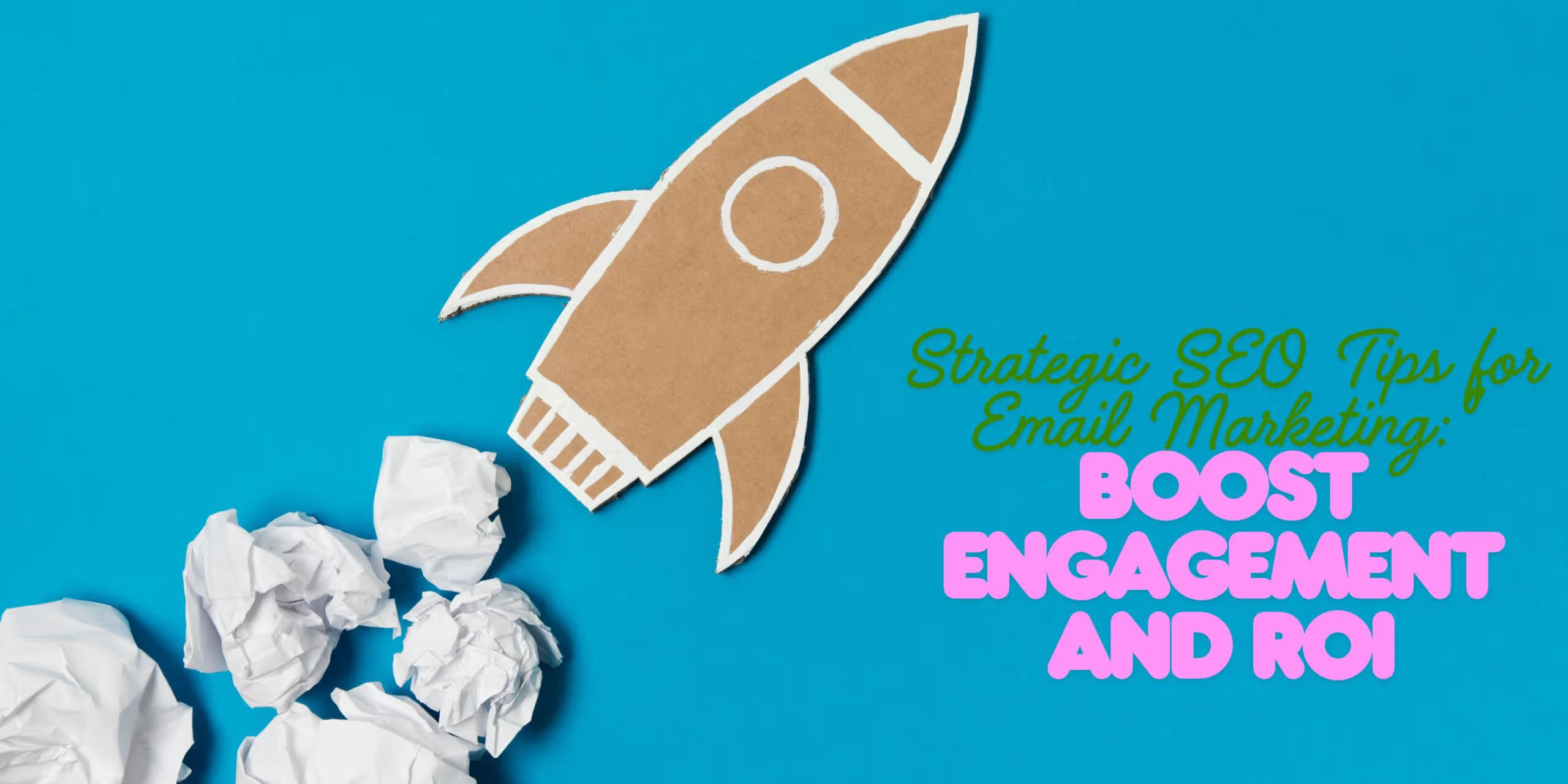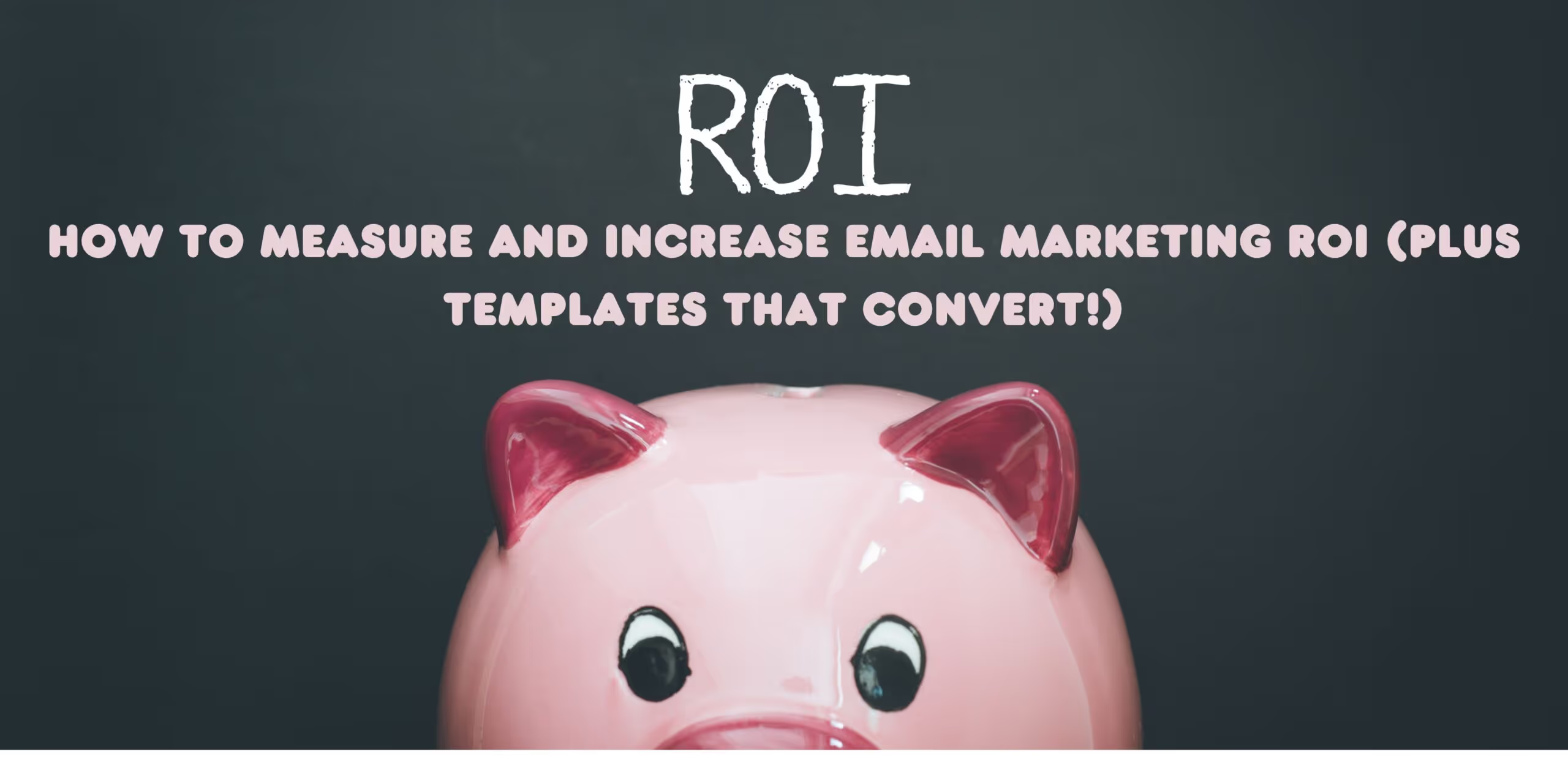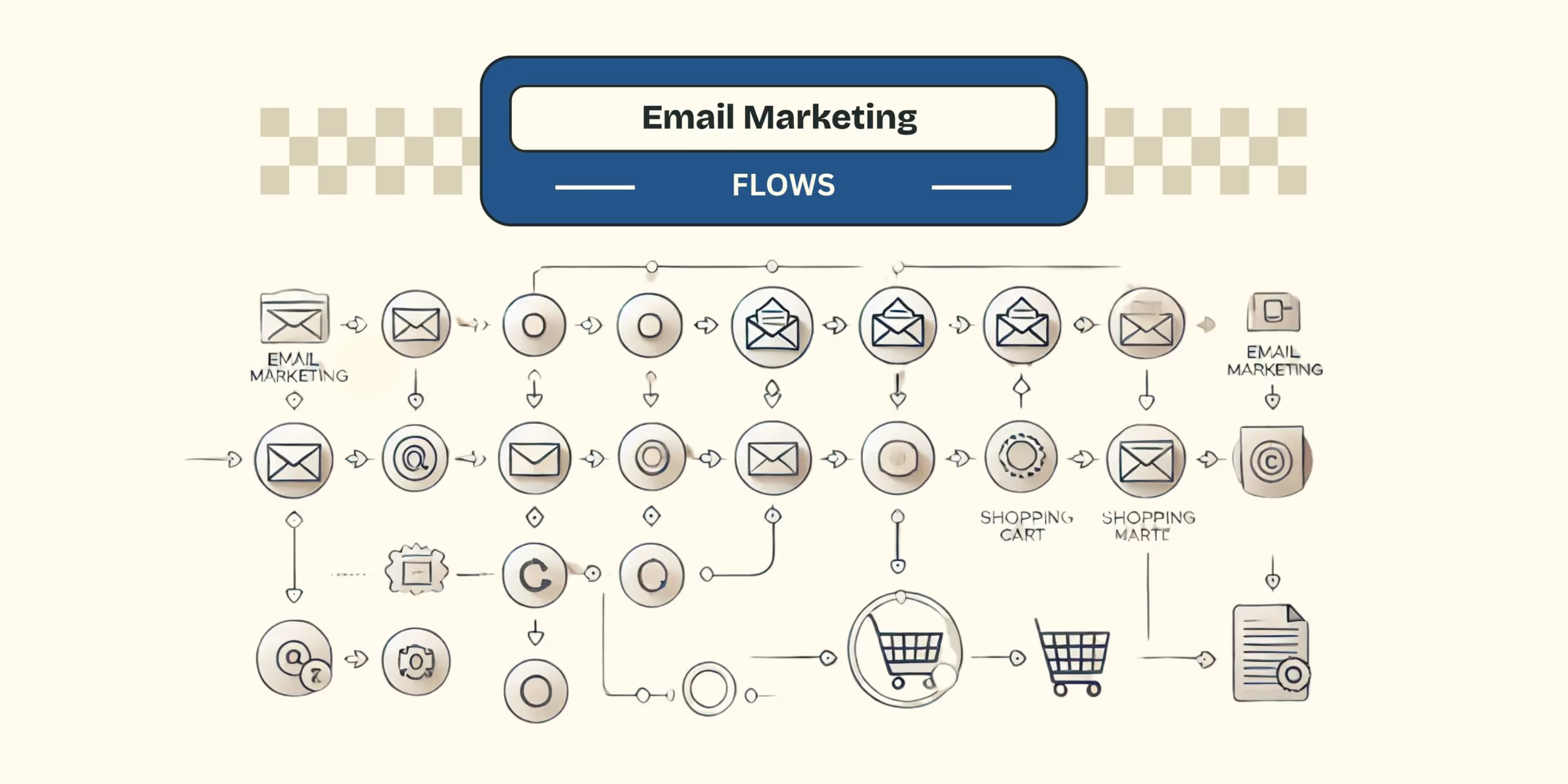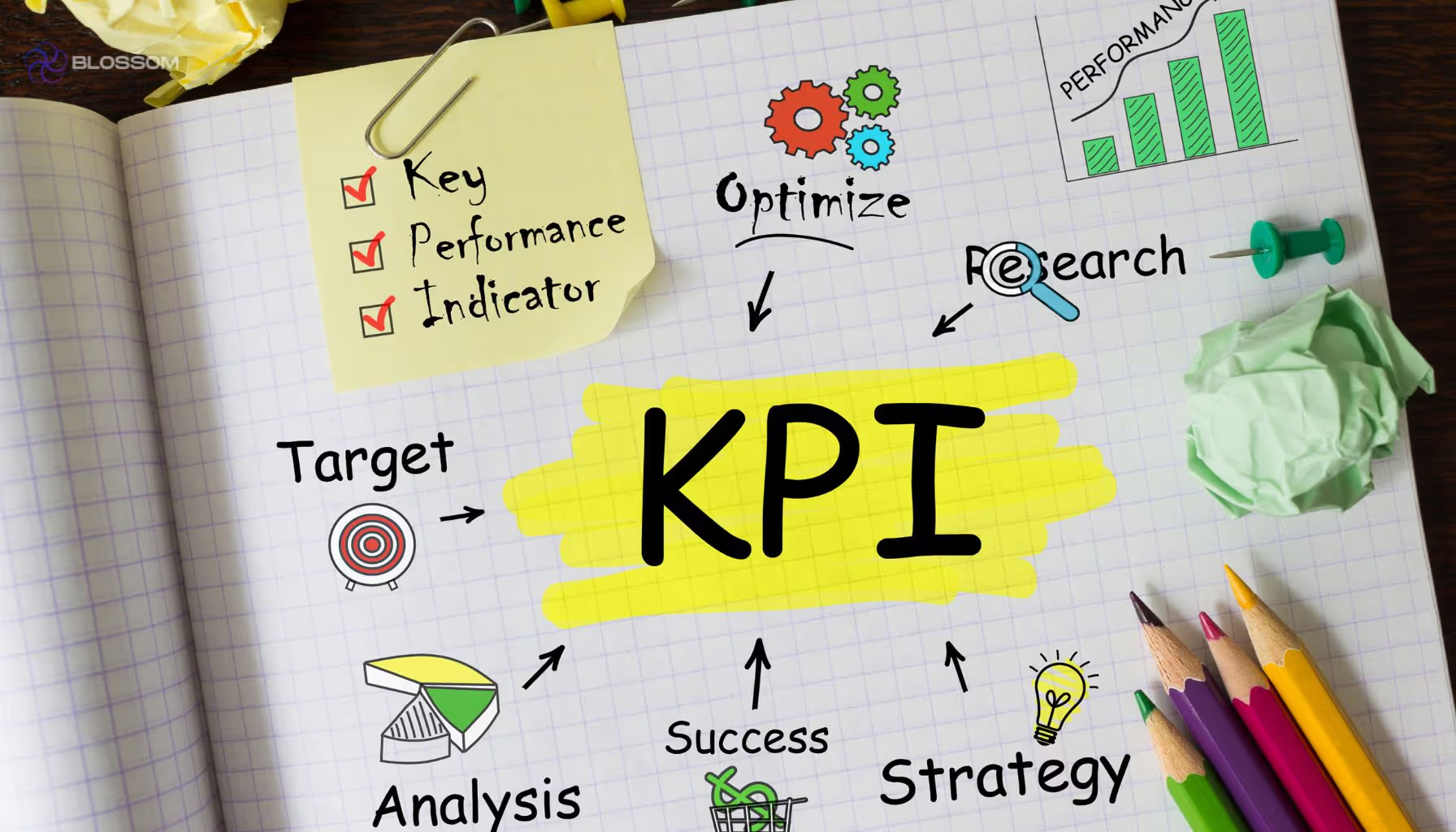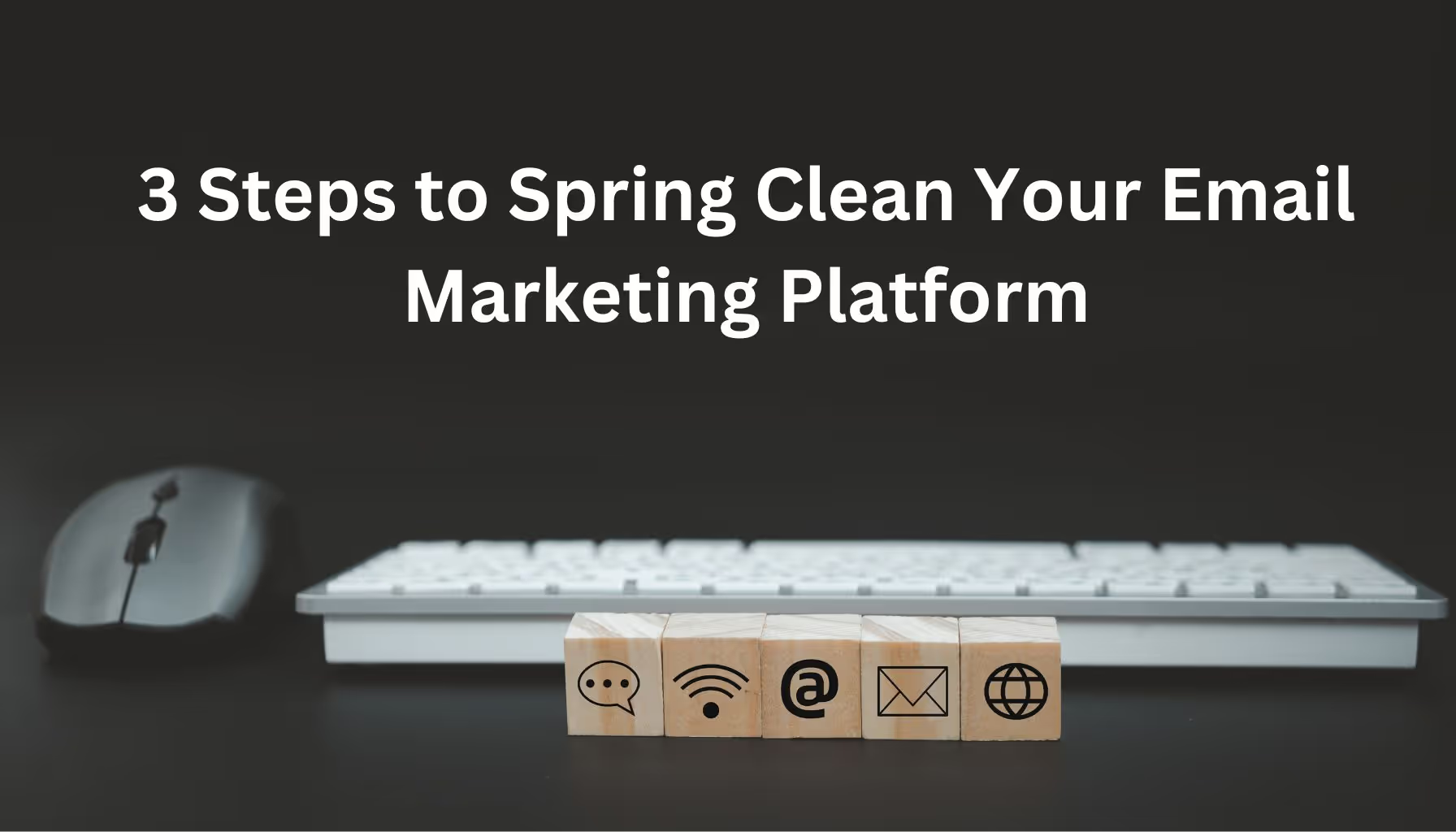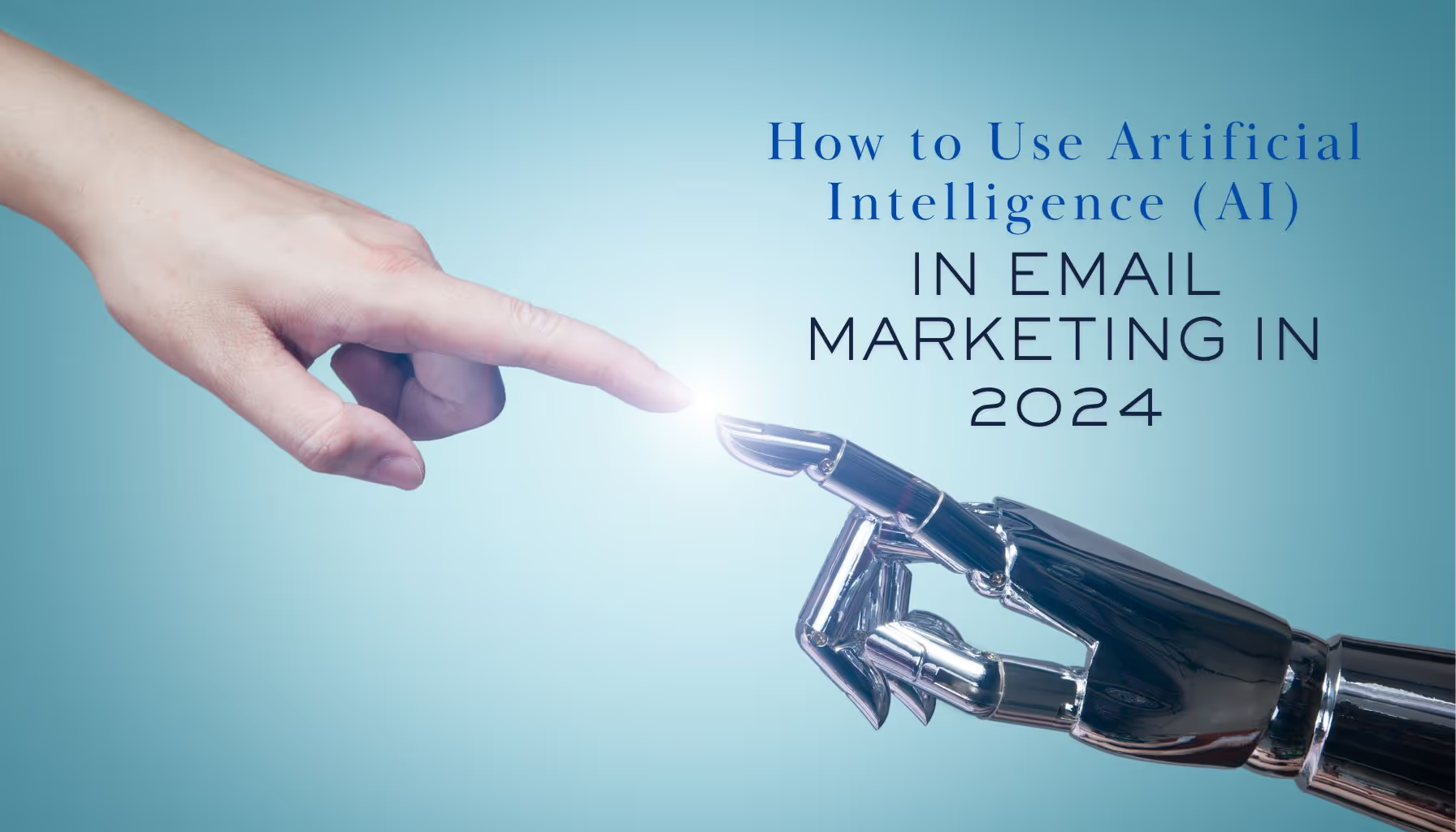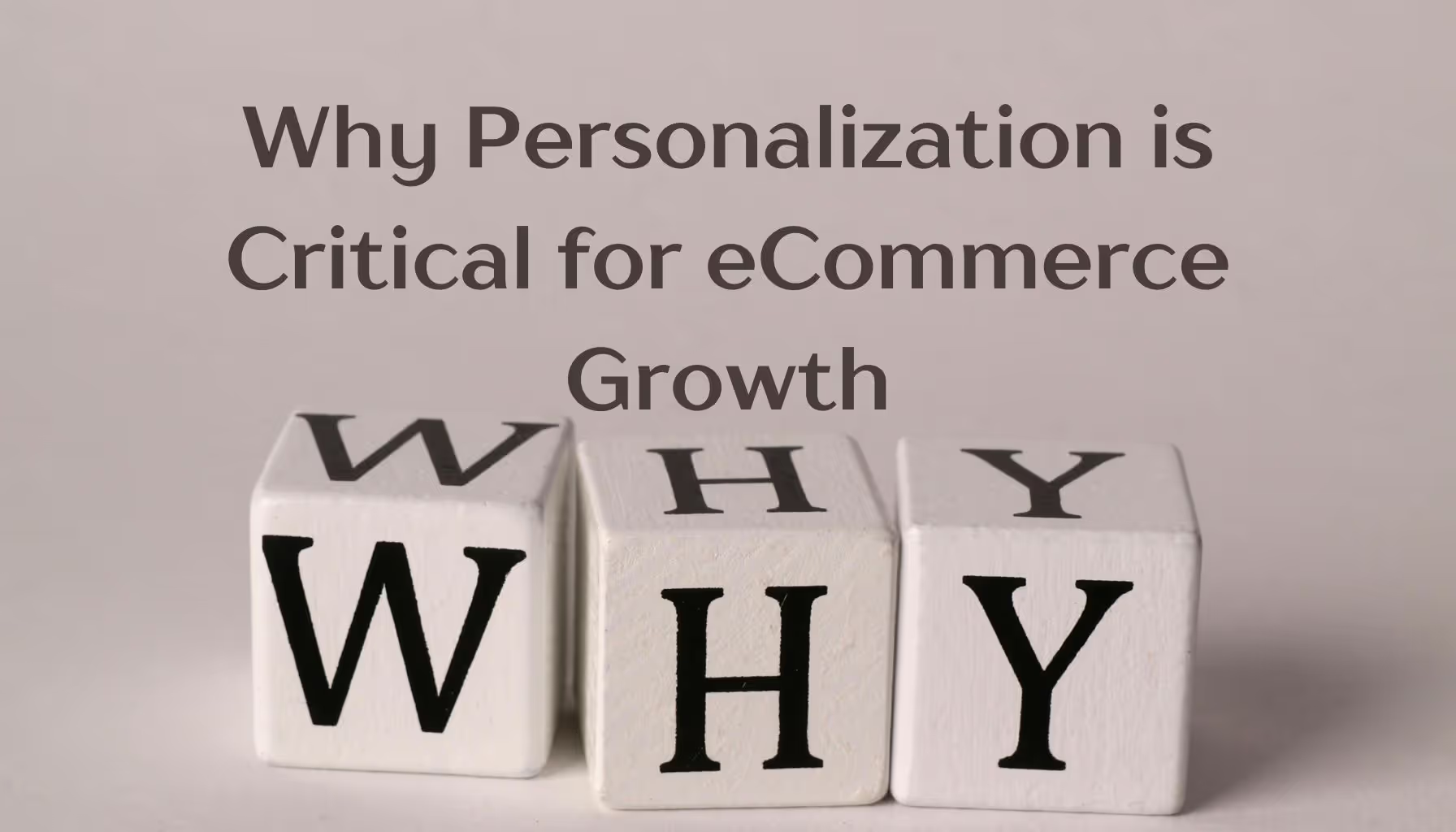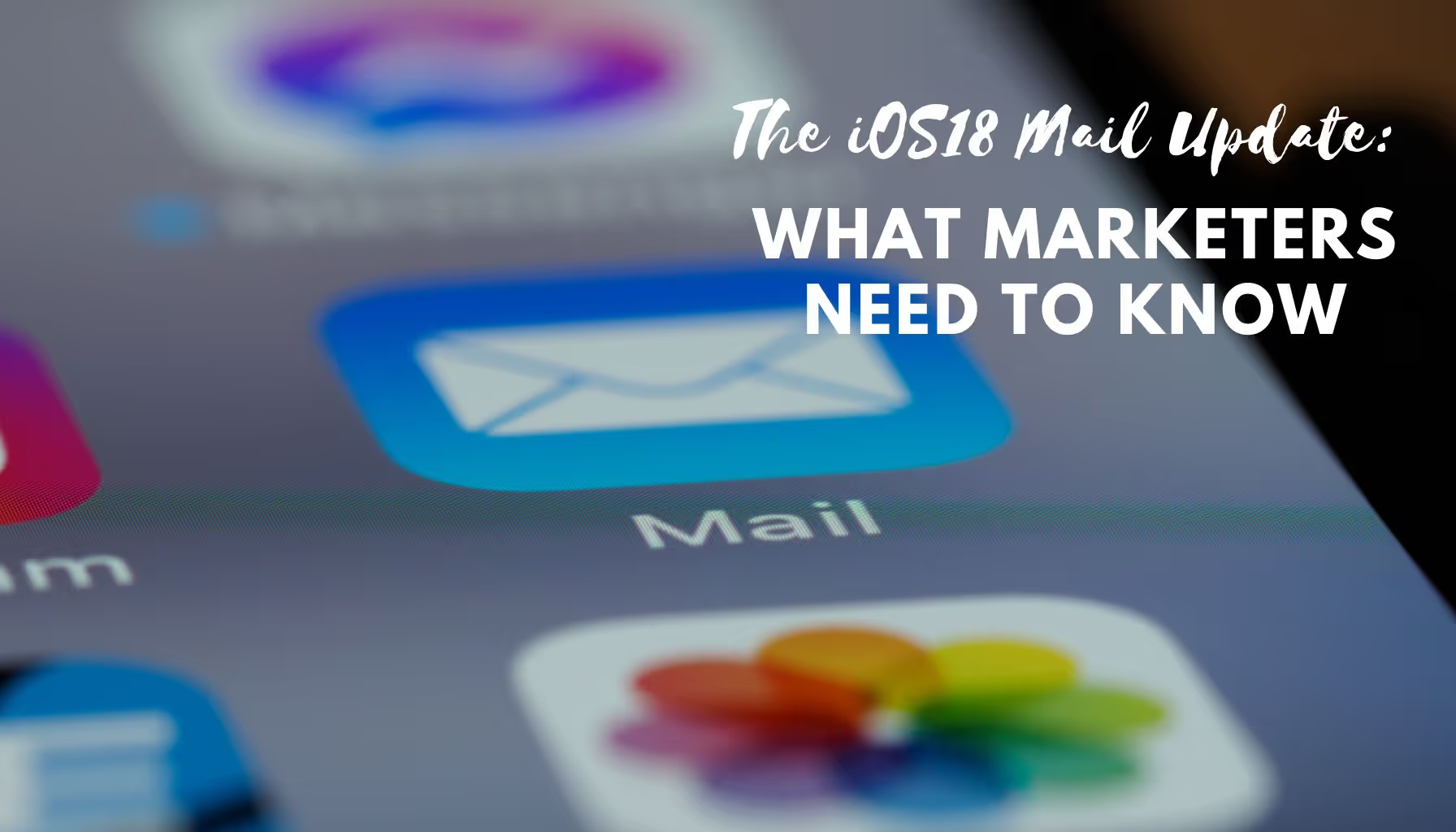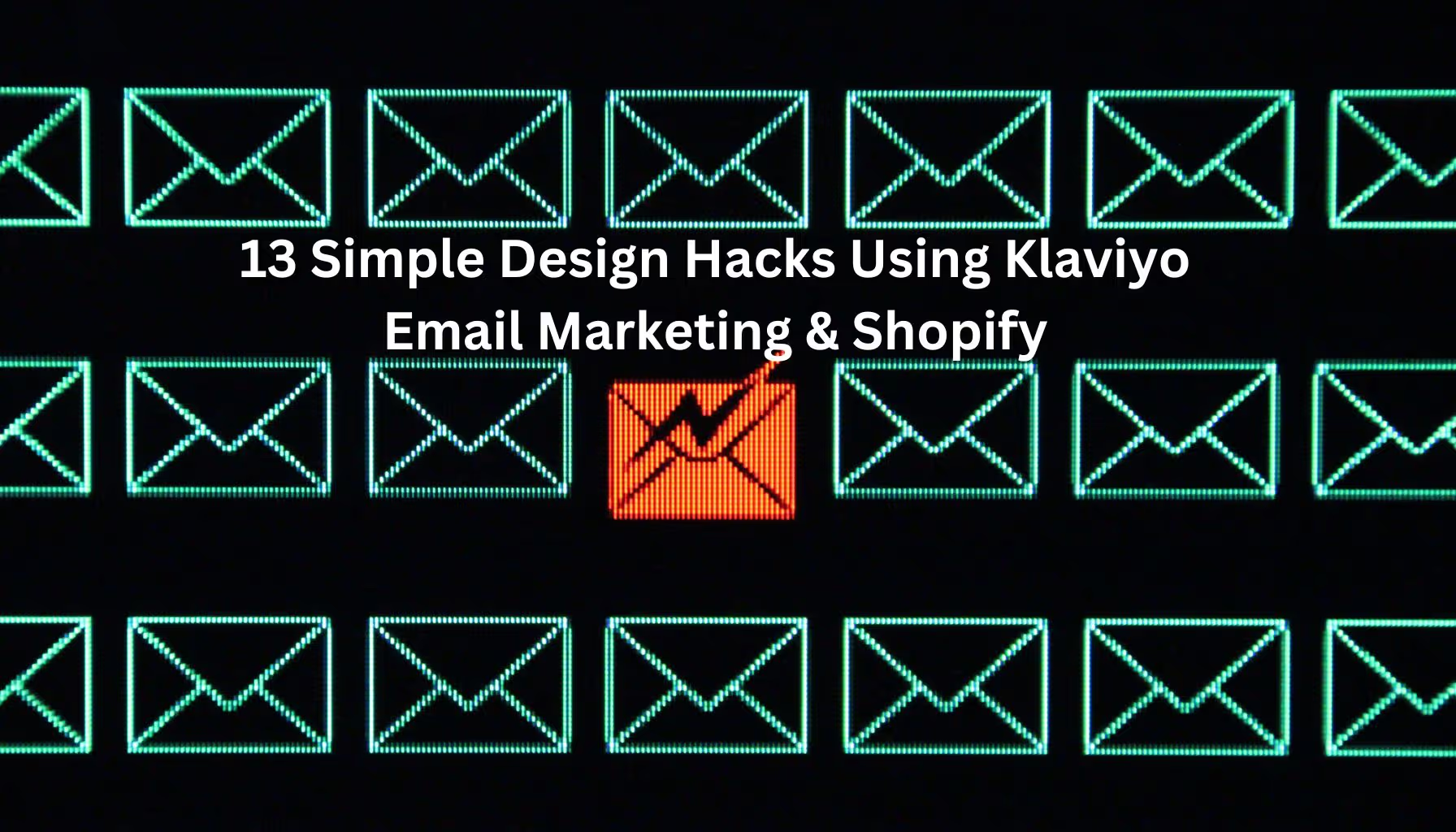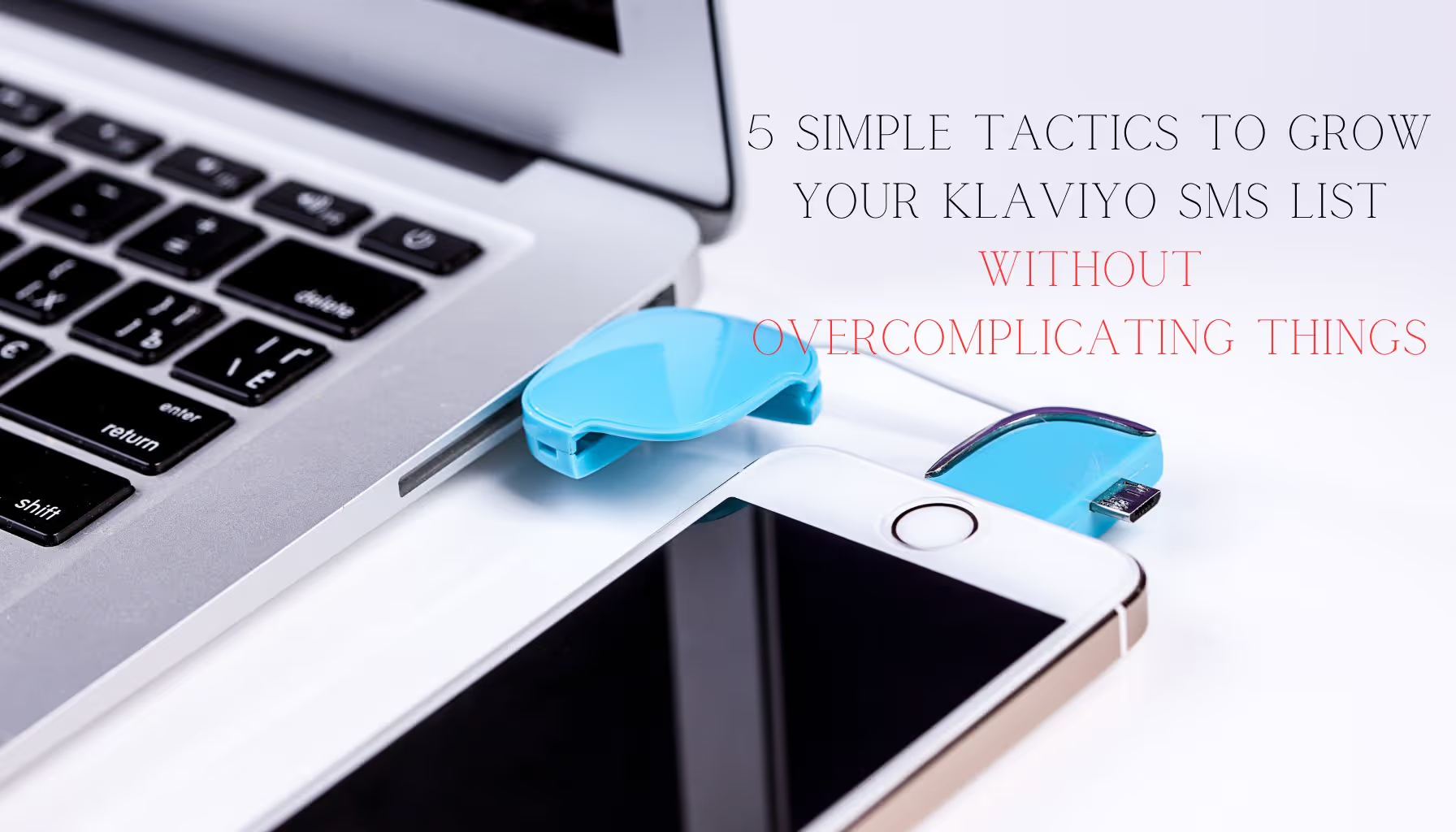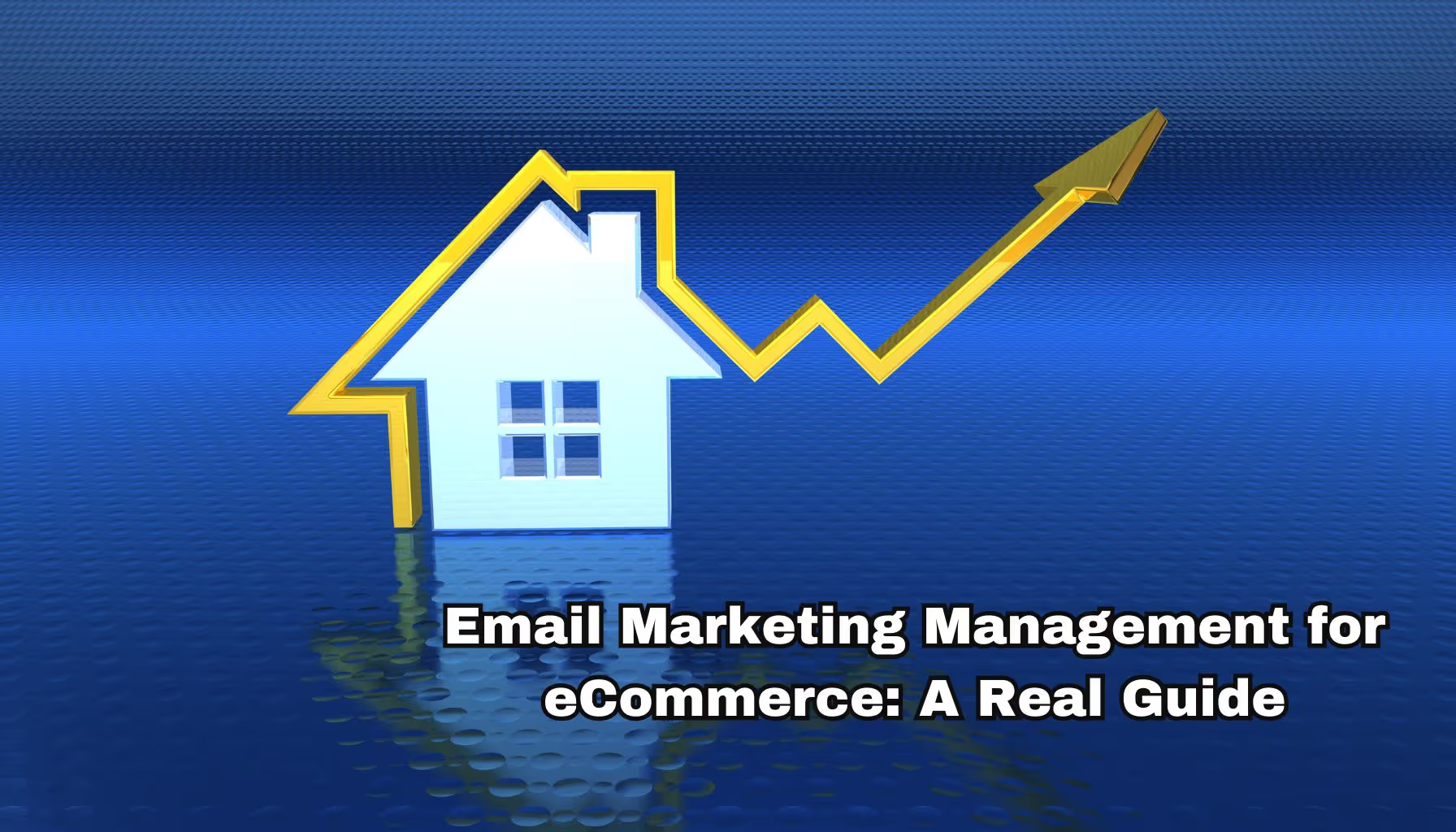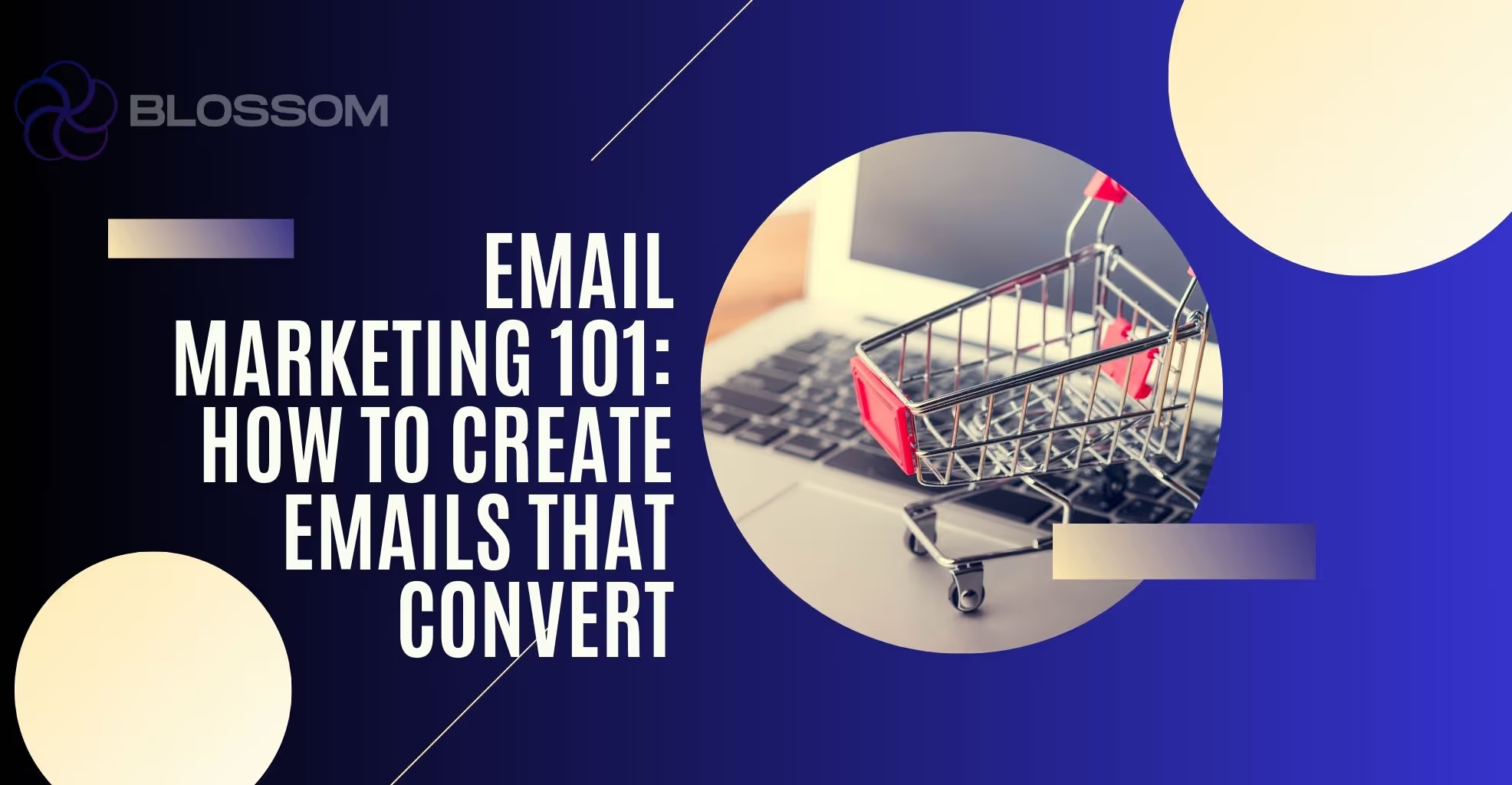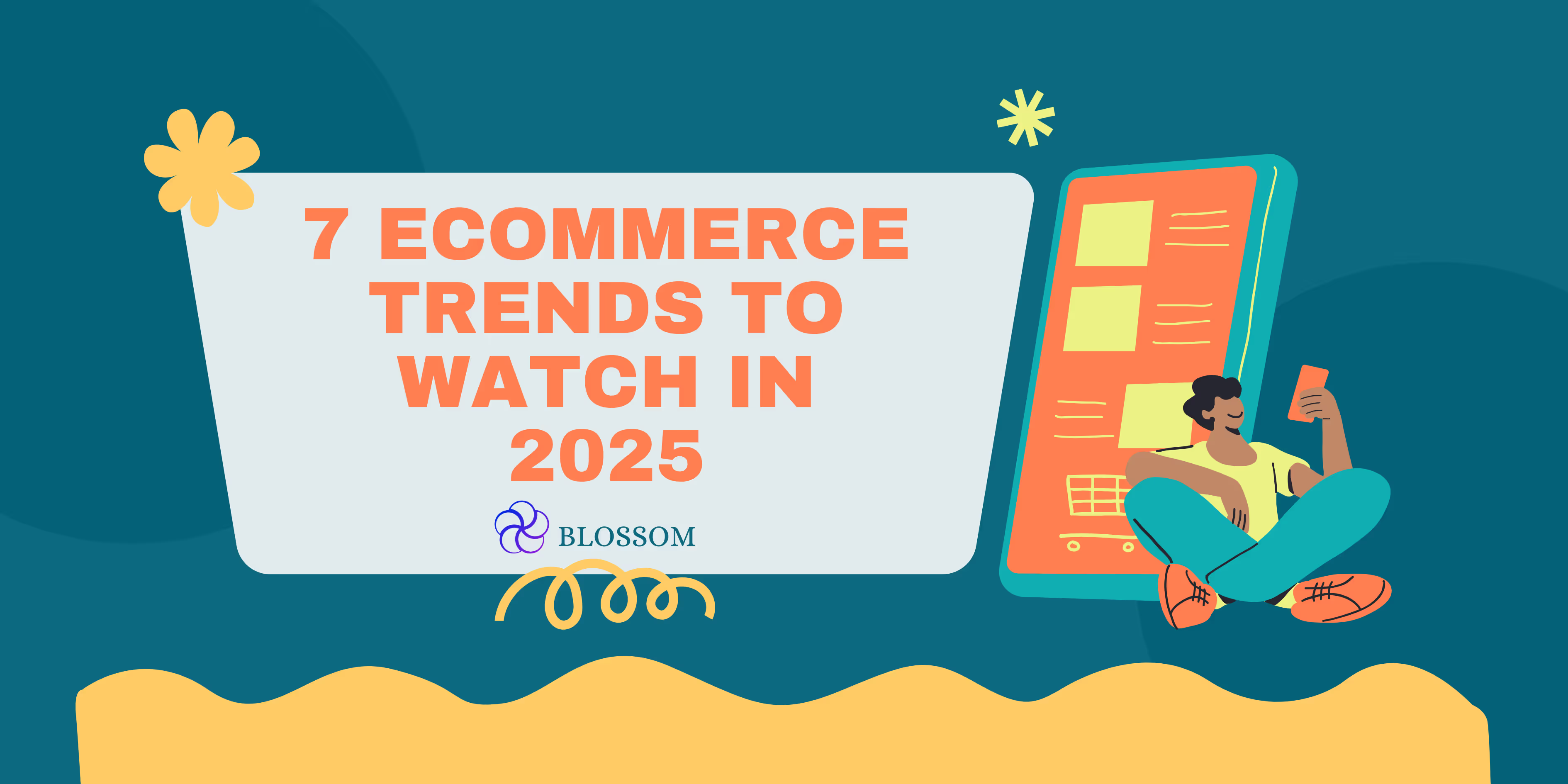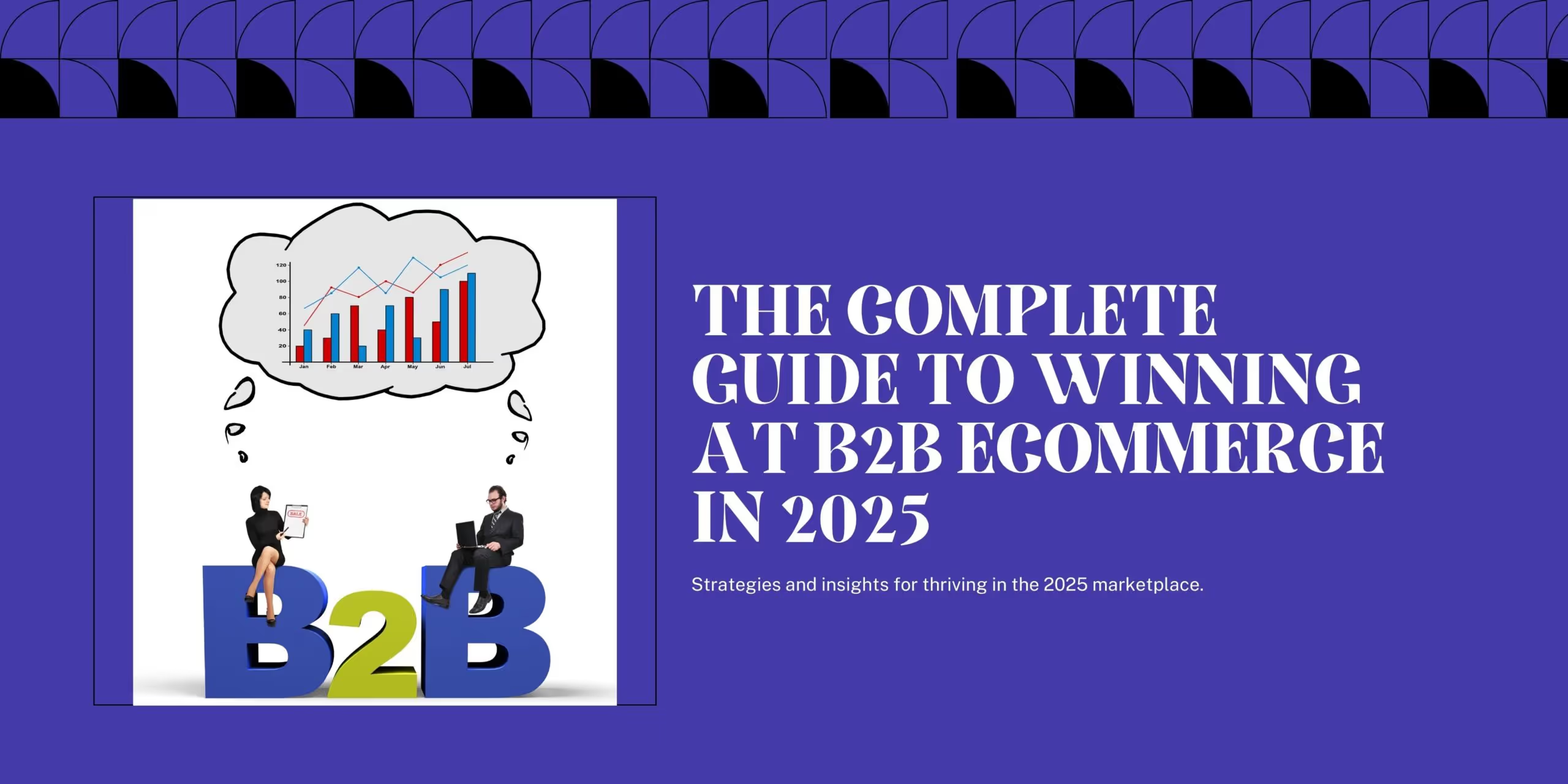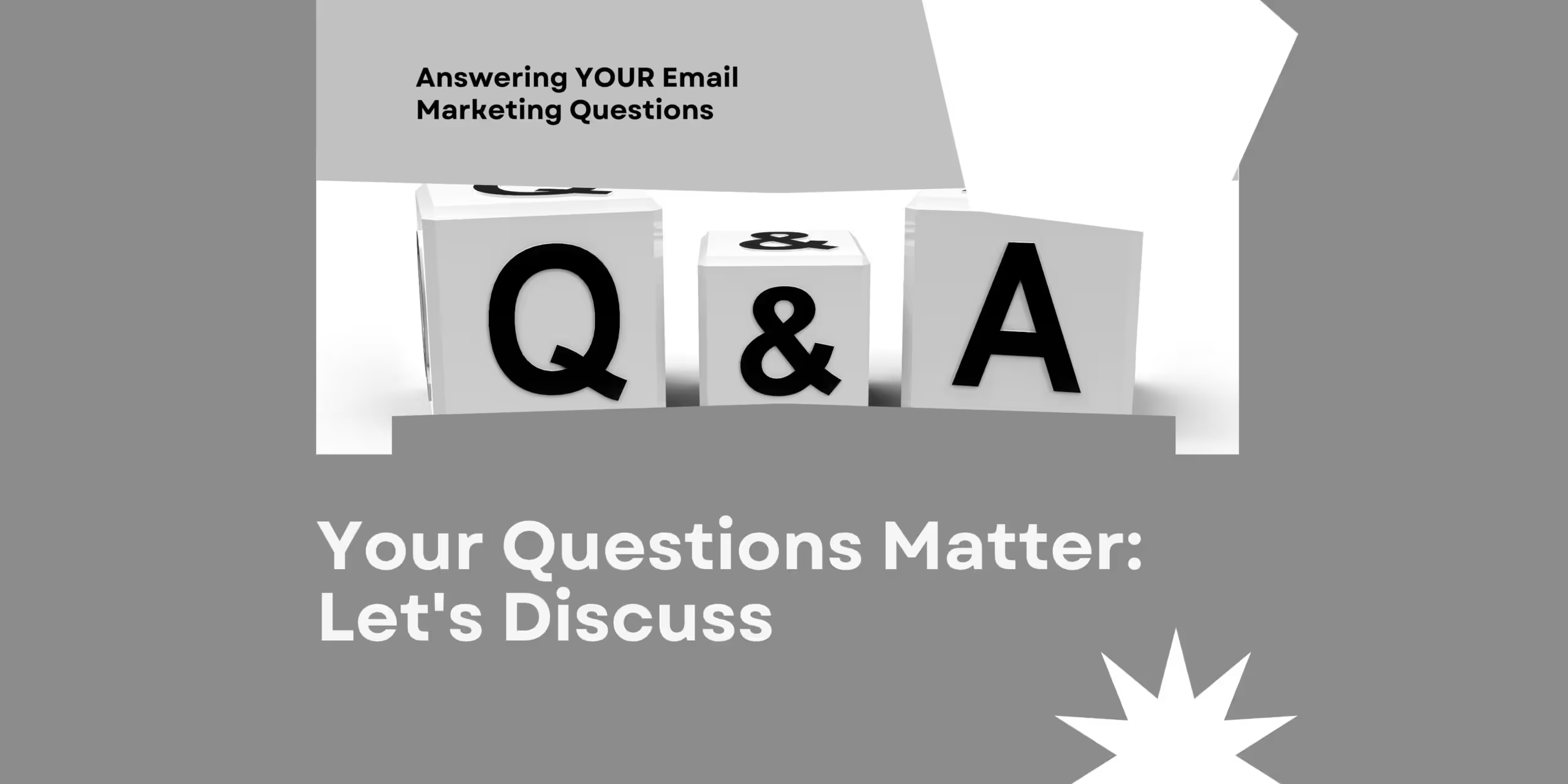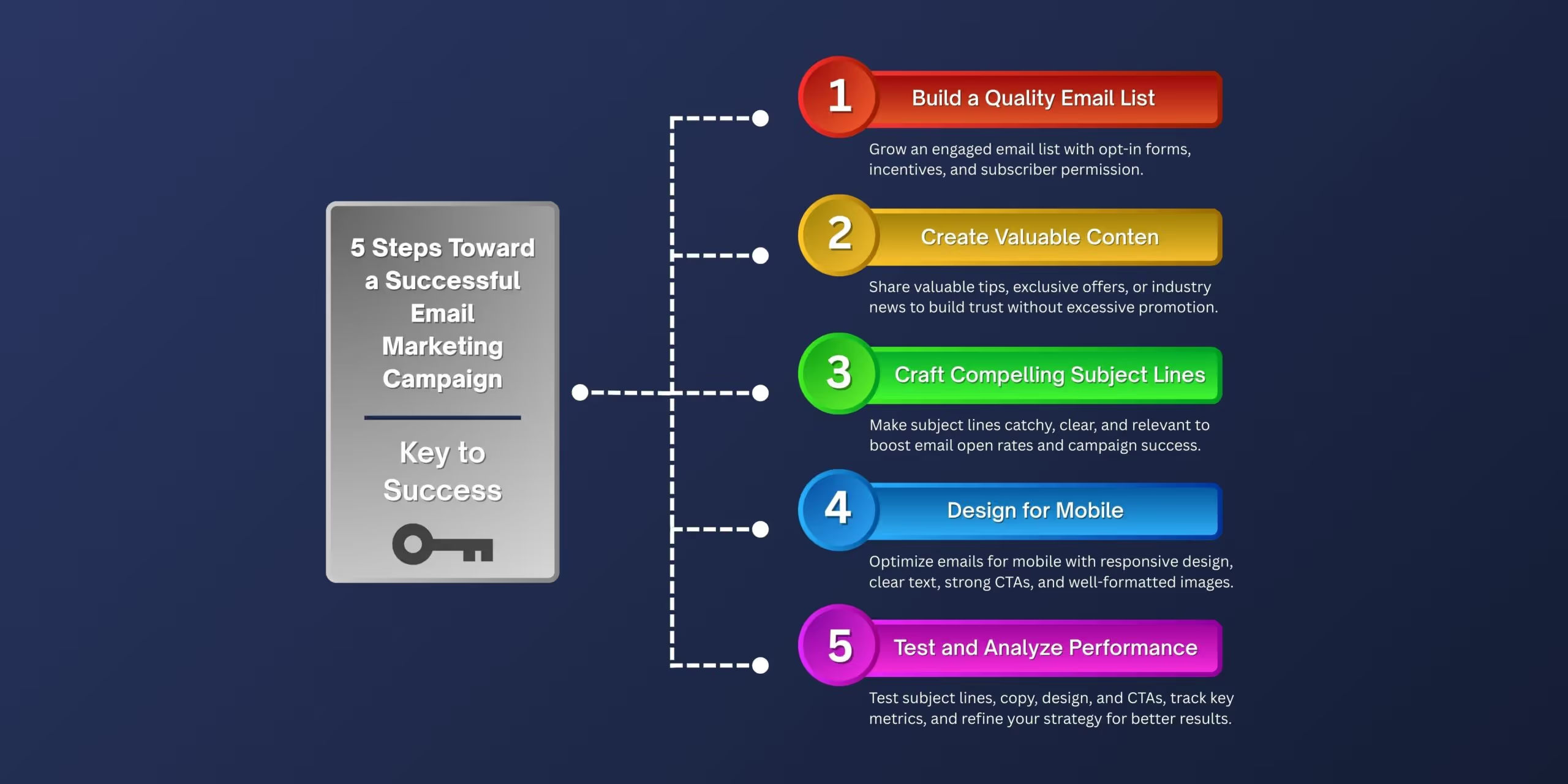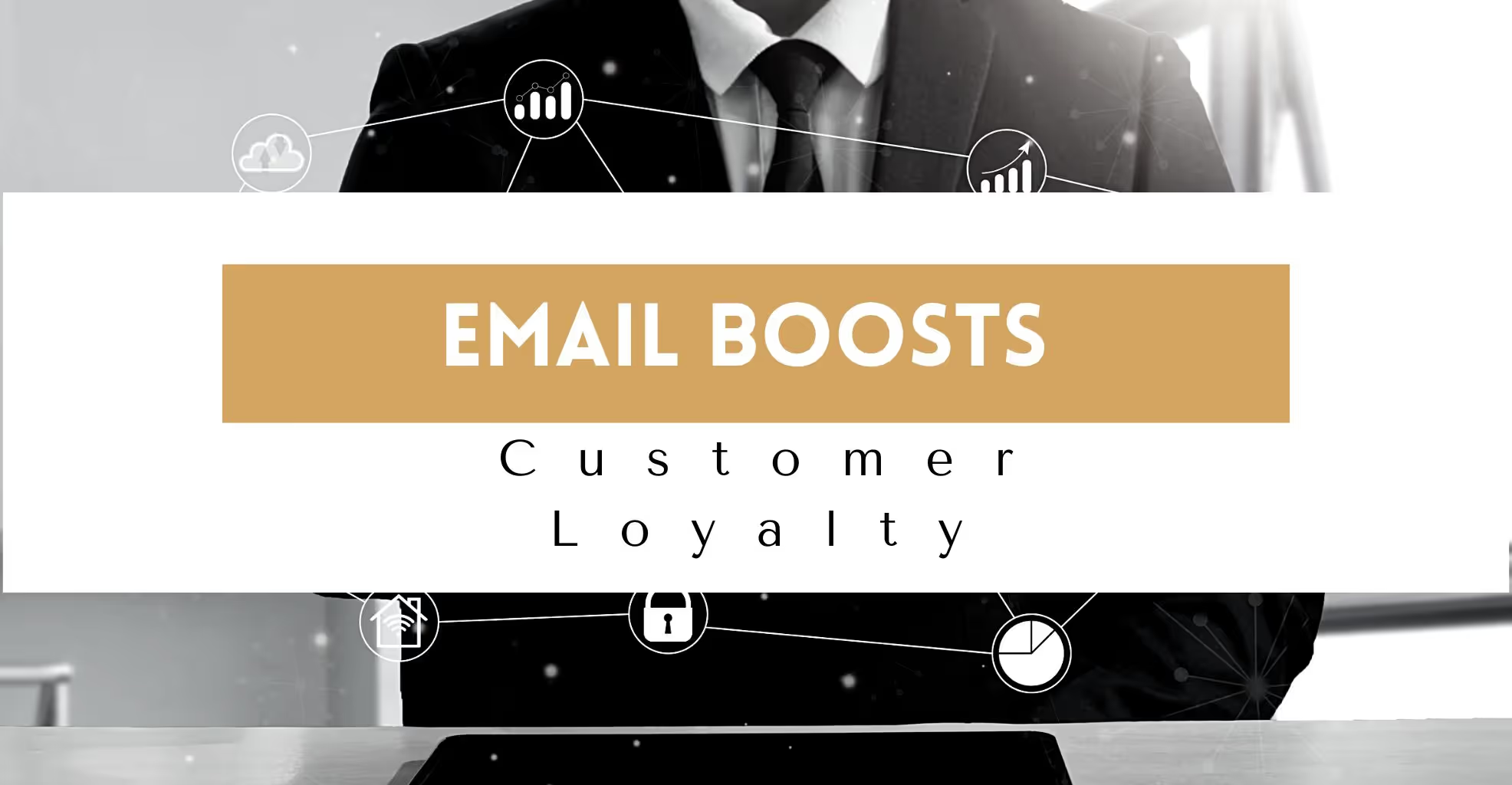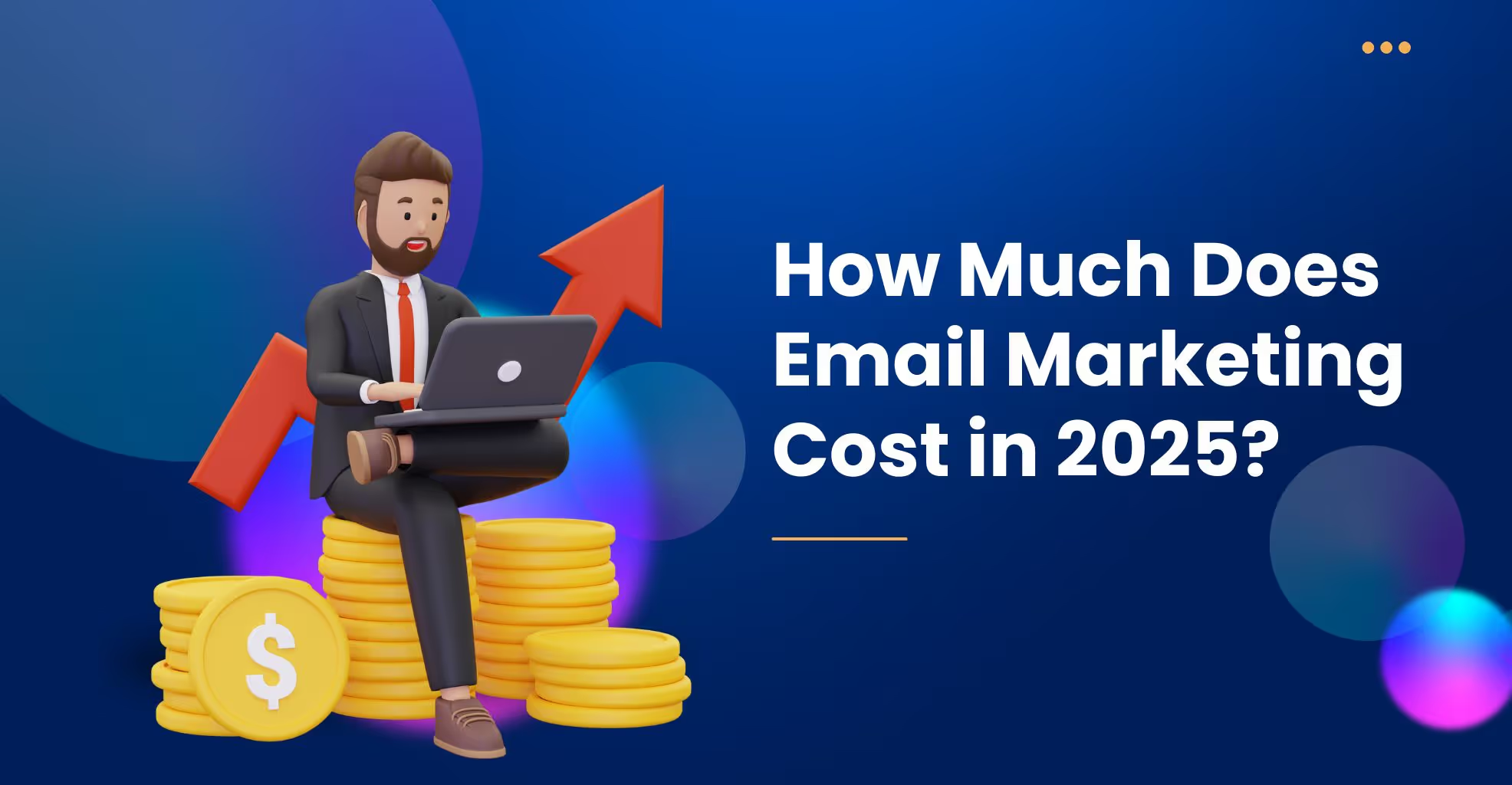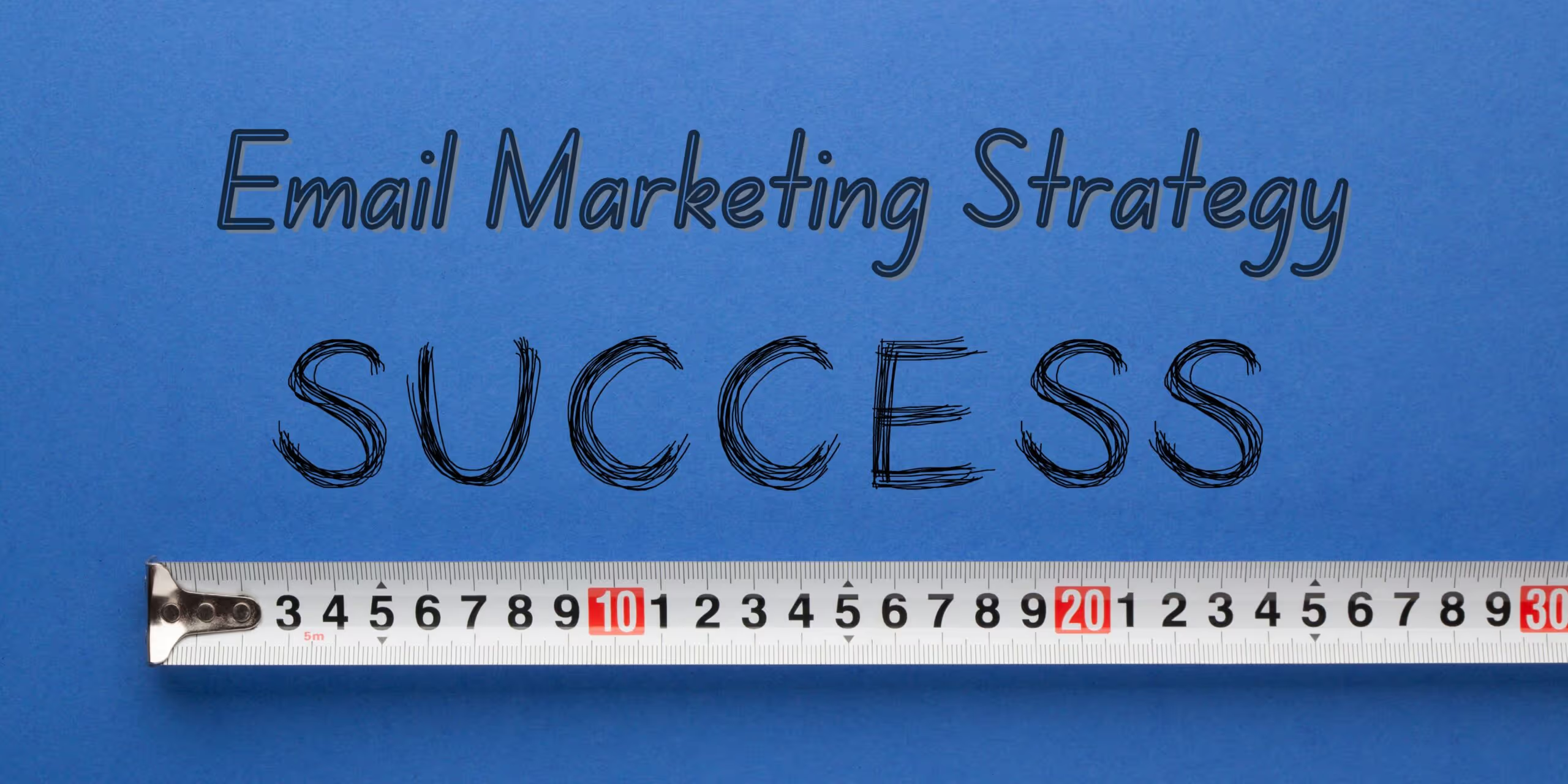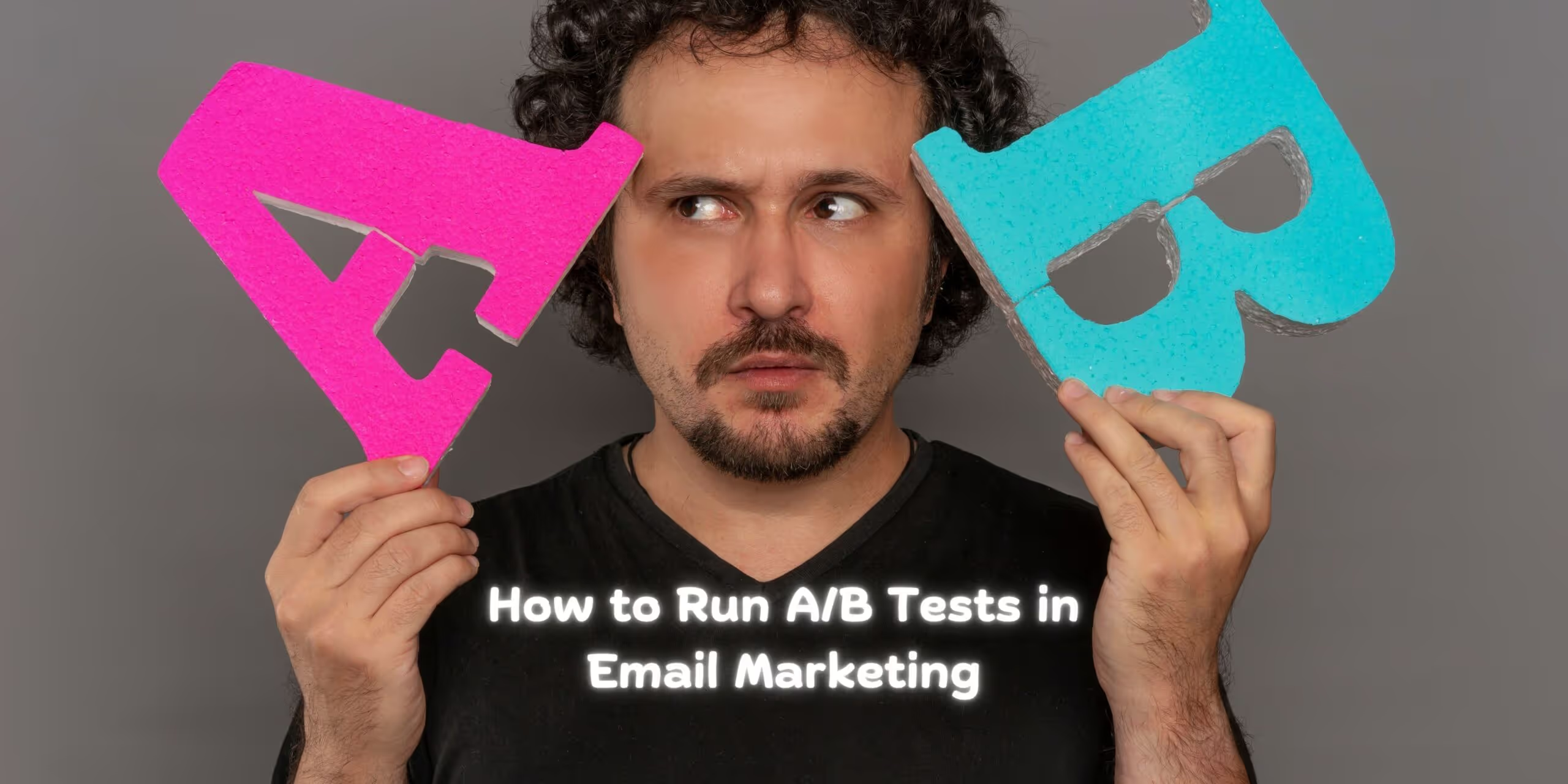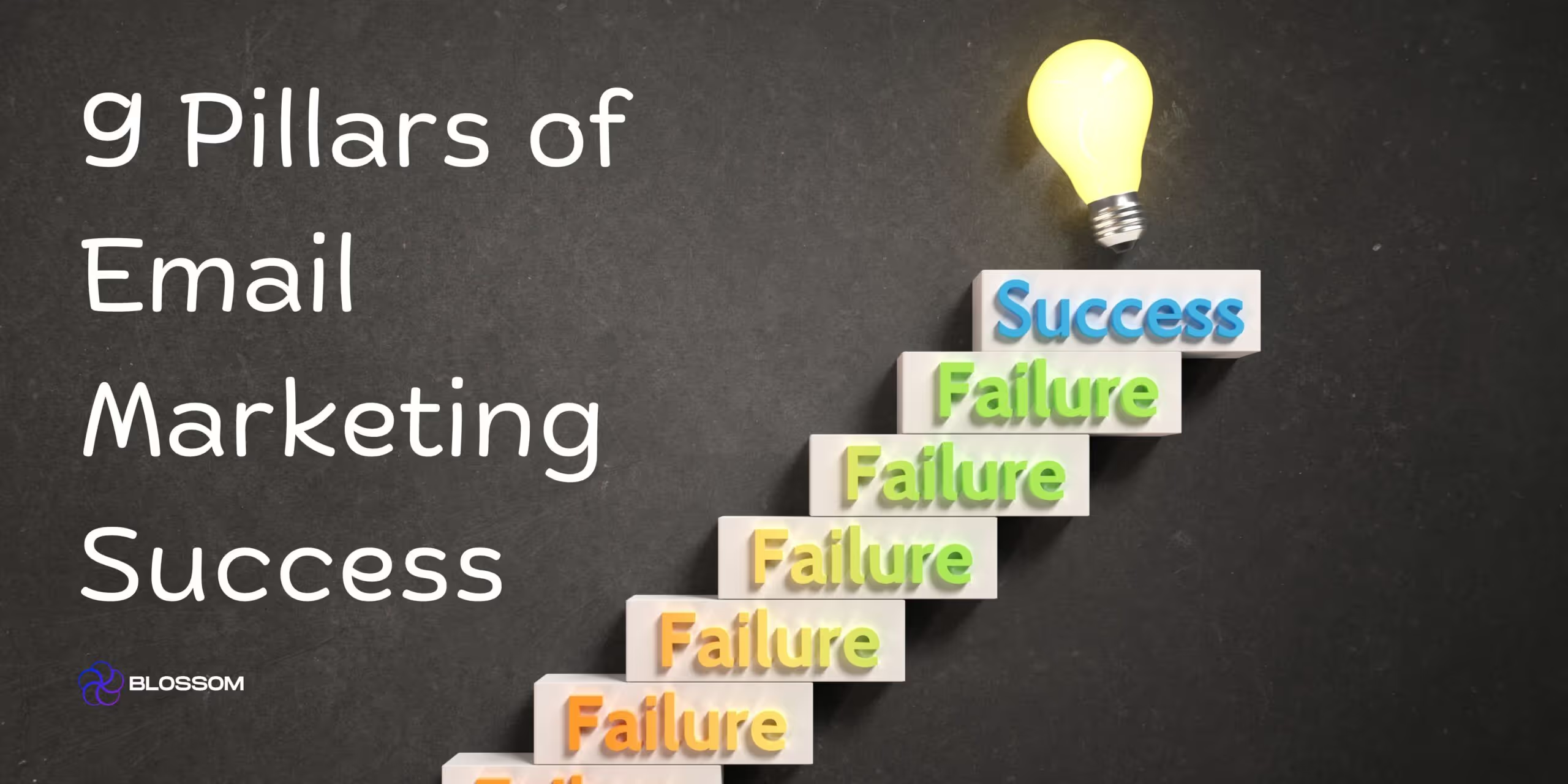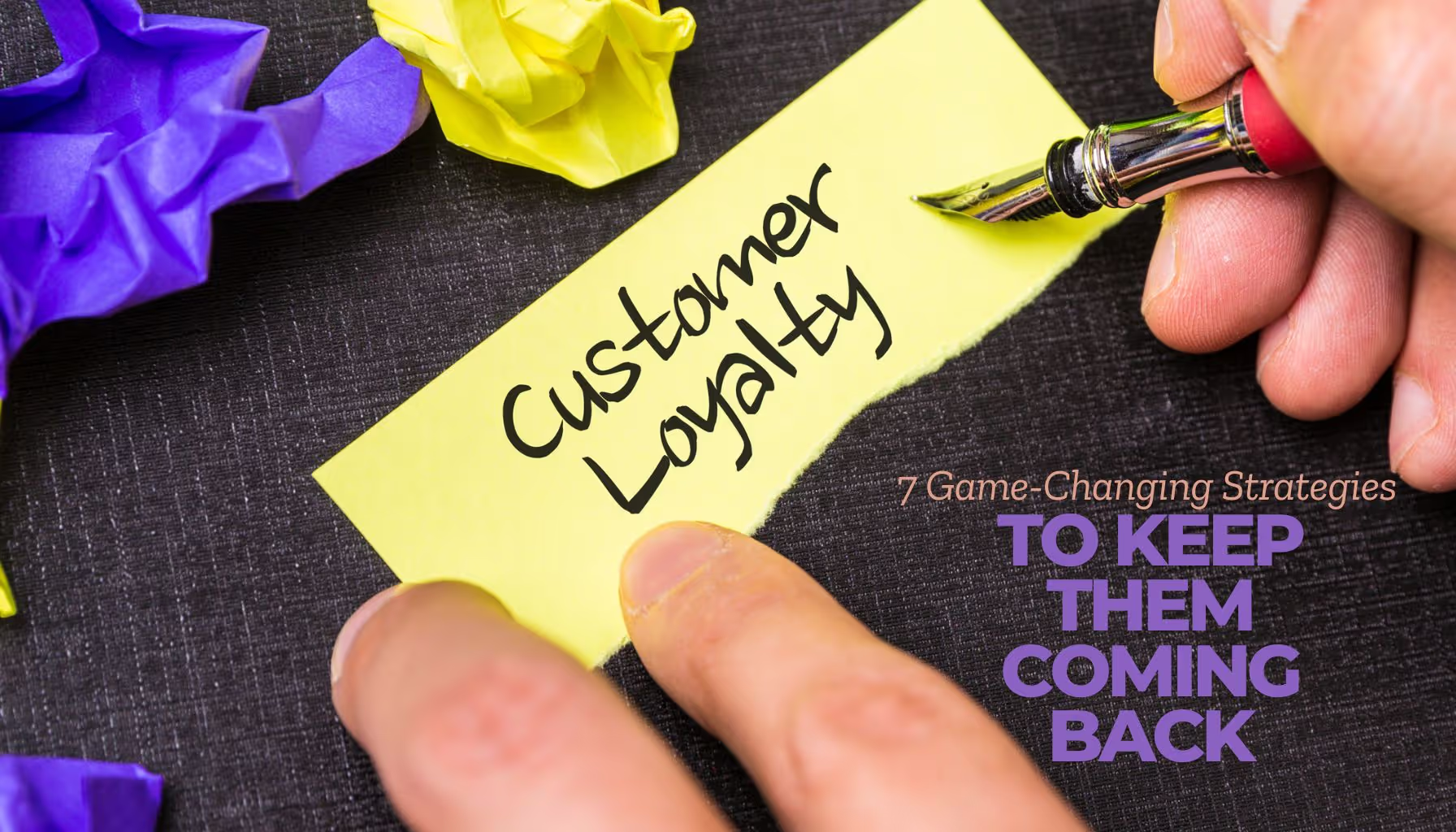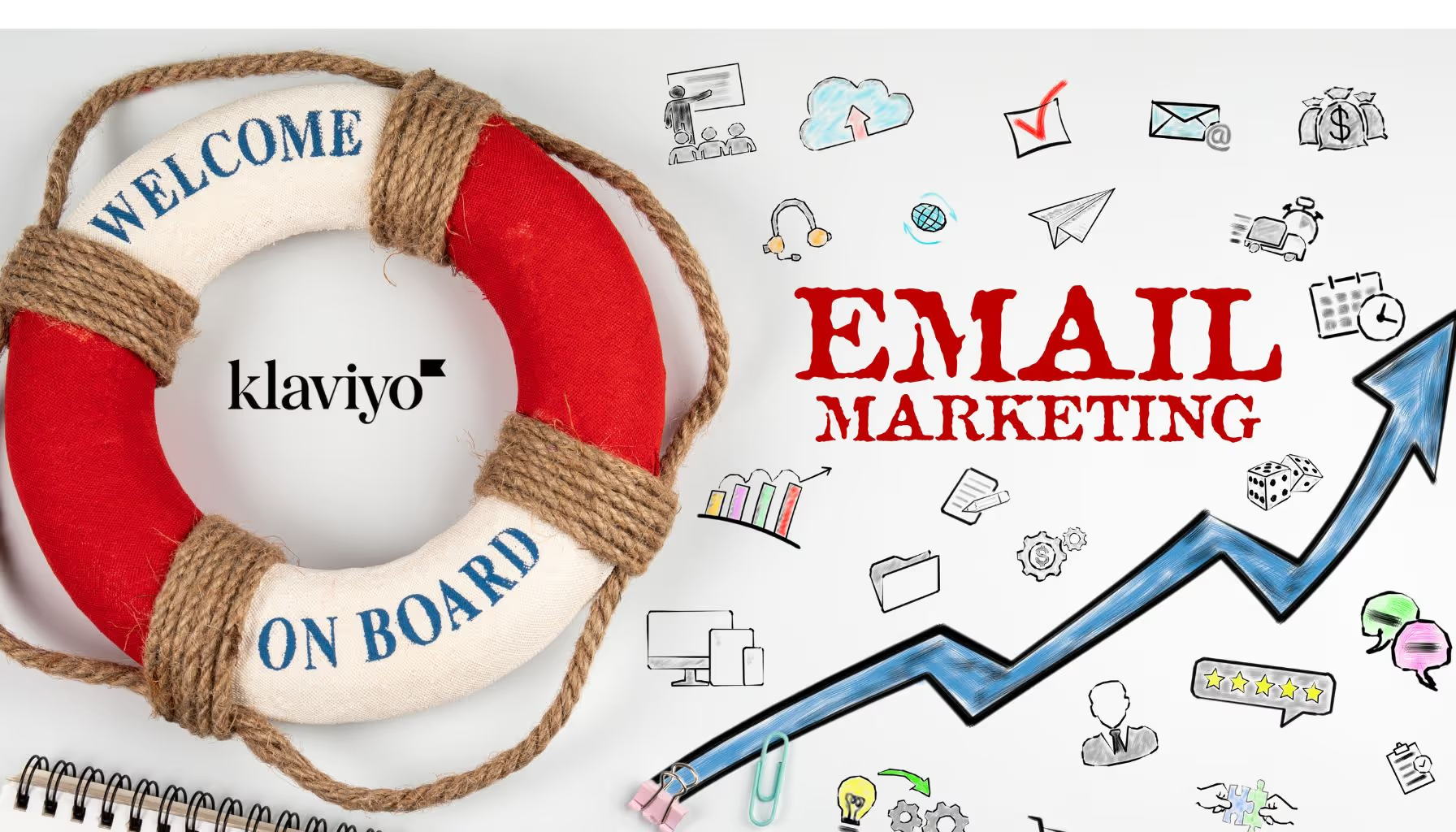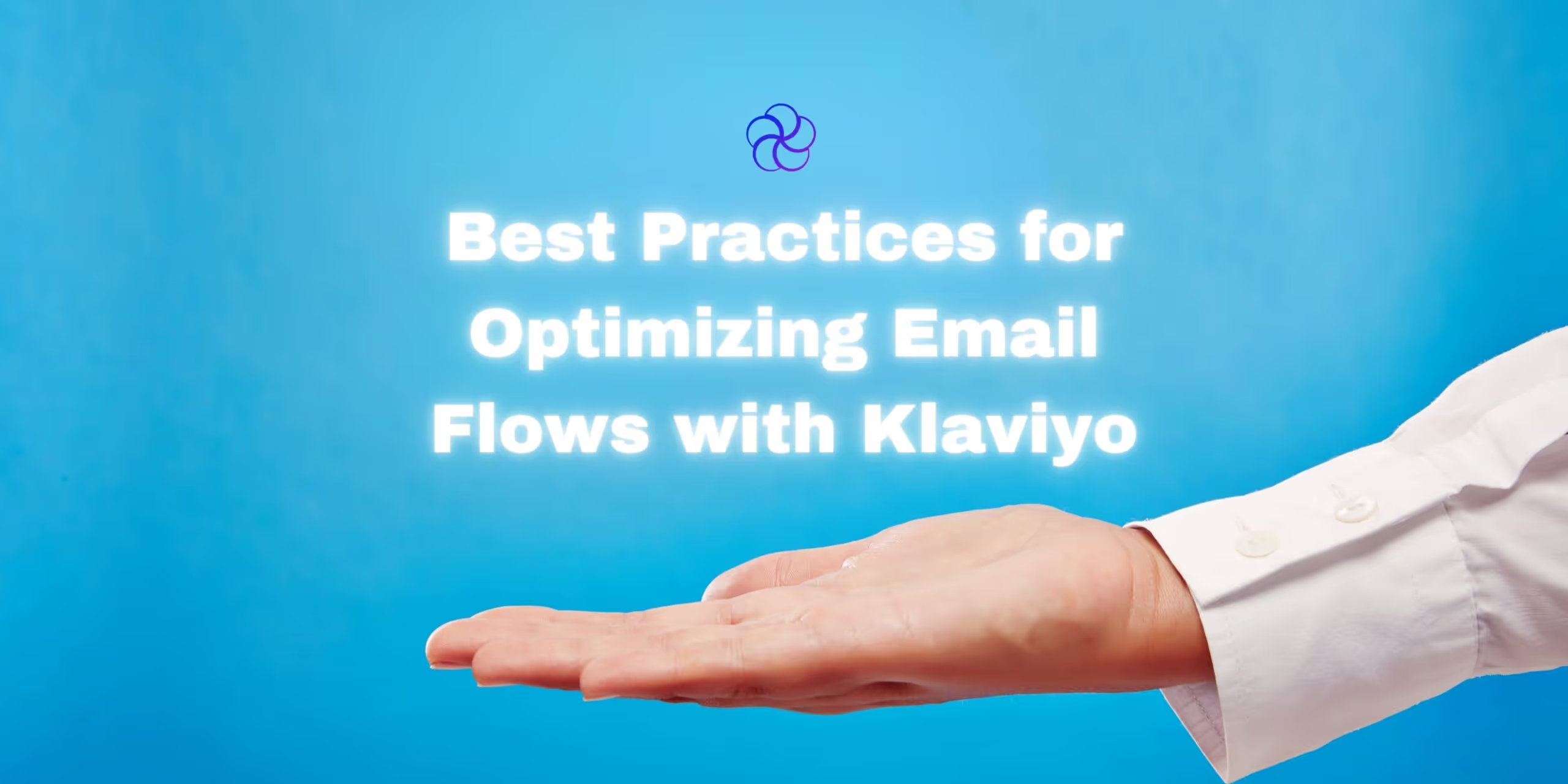Glossary
| Term | Definition |
|---|---|
| Email Marketing | A direct marketing channel that uses emails to engage, convert, and retain an audience. |
| SEO (Search Engine Optimization) | The practice of increasing website visibility in organic search results using keyword strategies, content creation, and technical improvements. |
| Backlinks | Inbound links from external websites that point to your site, helping improve authority and rankings. |
| CTR (Click-Through Rate) | The percentage of recipients who click on a link in an email. |
| Search Intent | The reason behind a user’s search query — informational, navigational, or transactional. |
| Repurposing | The act of transforming one piece of content (like an email) into another format (such as a blog post). |
| Meta Title/Title Tag | An HTML element that specifies the title of a webpage and is shown in search engine results. |
Introduction
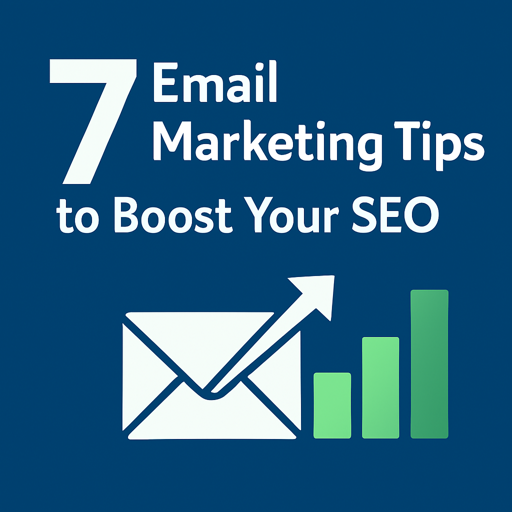
Email marketing isn’t just for nurturing leads or driving conversions — it can be a powerful driver for search engine visibility. While most marketers treat SEO and email as separate channels, the best-performing brands know how to integrate the two.
When done right, email marketing amplifies content visibility, increases site engagement, and reinforces SEO performance metrics. Meanwhile, SEO insights can inform smarter, more effective email campaigns. This guide breaks down the essential strategies for aligning these two channels to drive exponential growth.
Why Integrating Email Marketing with SEO Matters
Here’s how the two work together:
| Benefit | Email’s Contribution to SEO |
|---|---|
| Traffic | Drives qualified visitors to your website |
| Engagement | Improves dwell time, reduces bounce rate |
| Backlinks | Outreach emails can earn high-quality links |
| UX Feedback | Surveys and responses help improve on-site user experience |
| Keyword Insight | Survey and click data reveal search behavior and intent |
| Content Performance | Email metrics can indicate which topics resonate and deserve long-form content |
When you use email to support your SEO goals and vice versa, you create a feedback loop that continuously improves both channels.
1. Turn Emails into SEO Content
If you’re already creating valuable, engaging emails, you’re sitting on a goldmine of SEO potential. Repurposing email content into blog posts or landing pages makes your site more discoverable.
How to Implement:
- Identify emails with high CTR or reply rates
- Turn these into keyword-rich blog posts or knowledge base articles
- Use keyword tools (like Ahrefs, Semrush, or Ubersuggest) to align content with popular search queries
Example Table:
| Email Topic | SEO Format | Target Keyword |
|---|---|---|
| Product Tips | Blog Post | “how to use [product name]” |
| Customer Story | Landing Page | “[product] success story” |
| Survey Results | Infographic Page | “industry trends in [sector]” |
2. Use Email Performance to Test Title Tags and CTAs
Subject lines and email CTAs are great proxies for testing headlines and meta descriptions.
Strategy:
- Run A/B tests on email subject lines and measure open rates
- Use winning subject lines as title tags or meta descriptions
- Test email CTAs and reuse the most clicked versions on your website
Aligning high-performing email elements with SEO metadata boosts SERP CTRs, which is a known ranking signal.
3. Build Backlinks Through Email Outreach
Email outreach remains one of the most effective ways to earn backlinks, which are critical for search engine authority.
Steps:
- Identify your most link-worthy content (tools, guides, original data)
- Use tools like Hunter.io or Respond to find contact information
- Craft a personalized pitch that highlights value
- Follow up consistently
Pro Tip: Focus on content that solves problems or includes data — these are more likely to earn links.
4. Promote Blog Content to Increase Engagement and Shares
Each share or visit from your email list improves SEO indirectly by increasing brand awareness, social proof, and user metrics.
Optimization Tips:
- Include clear sharing buttons for LinkedIn, Twitter, or Facebook
- Embed preview snippets of your latest blogs with “Read More” CTAs
- Encourage subscribers to forward the email to peers
Table Suggestion:
| Email Type | Content Focus | SEO Outcome |
|---|---|---|
| Newsletter | Blog roundup | Increases time-on-site |
| New Post Alert | How-to guide | Increases backlinks and keyword relevance |
| Digest | Social highlights | Boosts referral traffic and mentions |
5. Use Feedback Loops to Improve UX and Content Structure
Google rewards good UX. Use email surveys to collect feedback on your site layout, product experience, and content value.
Key Questions to Ask:
- How easy was it to navigate our website?
- What content do you wish we had more of?
- Would you recommend this resource to a friend?
Use the insights to optimize page layout, internal linking, and content strategy — all important SEO factors.
6. Understand Search Intent Through Surveys
When you know what your audience wants, you can build better content — both for email and search.
Execution:
- Use email campaigns to ask about challenges, goals, or topic interests
- Analyze patterns in the responses
- Match content to the type of intent: informational, navigational, or transactional
Example Table:
| Intent Type | Survey Clue | Content to Create |
|---|---|---|
| Informational | “I don’t know how to do X” | How-to guides, explainer videos |
| Navigational | “I’m looking for resources/tools” | Product comparison pages |
| Transactional | “What’s the cost of X?” | Pricing pages, case studies |
7. Segment Email Lists for Better Targeting
Personalized emails drive better engagement. High engagement from email campaigns leads to more site visits and lower bounce rates.
Segment by:
- Purchase behavior
- Content interests (blog clicks)
- Geography or time zone
This results in higher relevance, improved click-throughs, and ultimately, better SEO signals to Google.
Quick Tip: Pair email segments with retargeting audiences in Google Ads to maximize visibility and brand recall.
Supporting Visual Content Recommendations
| Content Type | Purpose |
|---|---|
| Email-to-Blog Repurposing Flowchart | Visualize how to turn email content into SEO assets |
| Survey-to-Intent Heatmap | Match responses to content strategy |
| A/B Test Result Summary | Compare CTA effectiveness between email and on-site usage |
| Link-Building Email Template Example | Illustrates best practices in outreach |
| SEO-Boosted Email Calendar | Maps content emails with publishing priorities |
Frequently Asked Questions
1. Does email marketing directly improve SEO?
Not directly — email doesn’t affect rankings by itself, but it drives behaviors (clicks, shares, links, engagement) that Google values.
2. Can I use email data to improve content SEO?
Yes. Use high-performing subject lines, CTAs, and click patterns to influence blog titles and landing page copy.
3. How can email marketing help with link-building?
You can use email to pitch content to influencers and publishers, increasing the chances of getting backlinks.
4. Should I segment my email list for SEO purposes?
Yes. Better segmentation leads to more relevant content delivery, which boosts click-throughs and improves engagement signals.
5. What tools help integrate SEO and email?
Use Klaviyo, Google Analytics, Semrush, BuzzSumo, and Google Search Console to align campaigns and track impact.
6. How often should I repurpose email content for SEO?
As often as possible — particularly for high-performing emails with strong engagement. Turn them into evergreen content monthly.
Final Thoughts
SEO and email marketing don’t just coexist — they thrive together. Each supports the other’s goals: one builds long-term organic visibility, the other drives short-term engagement and direct action.
By aligning these strategies, you’ll increase traffic, build authority, and maximize the ROI of every piece of content you create.
At Blossom Ecom, we build data-driven campaigns that connect retention strategy with search visibility. Ready to combine your email and SEO efforts into one cohesive growth engine?
Let’s make it happen.
Need help implementing this?
Let us take the hassle of managing your email marketing channel off your hands. Book a strategy call with our team today and see how we can scale your revenue, customer retention, and lifetime value with tailored strategies. Click here to get started.
Curious about how your Klaviyo is performing?
We’ll audit your account for free. Discover hidden opportunities to boost your revenue, and find out what you’re doing right and what could be done better. Click here to claim your free Klaviyo audit.
Want to see how we’ve helped brands just like yours scale?
Check out our case studies and see the impact for yourself. Click here to explore.

Read Our Other Blogs

Personalizing Push Notifications for Better Retention Outcomes



How to Craft Email Newsletters That Build Real Brand Loyalty


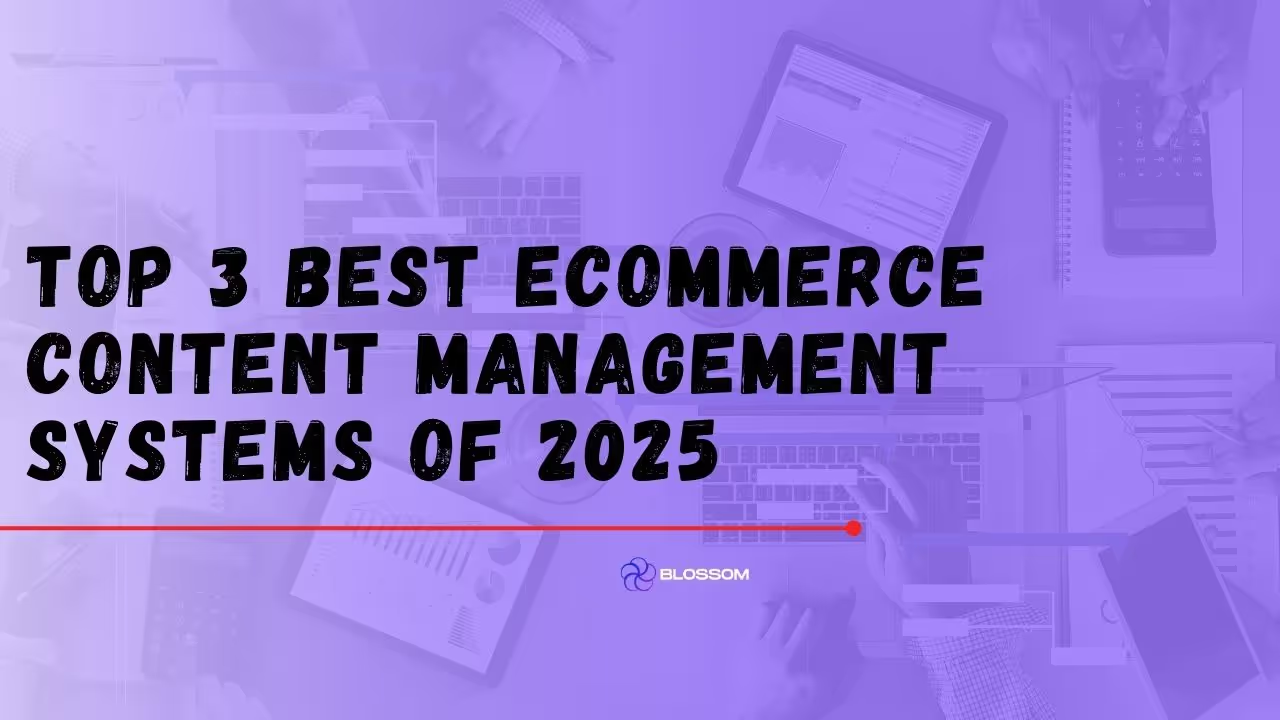
Top 3 Best eCommerce Content Management Systems of 2025




Not Sure Where to Start?
Let's find the biggest retention opportunities in your business. Get a free Klaviyo audit or retention consultation.




